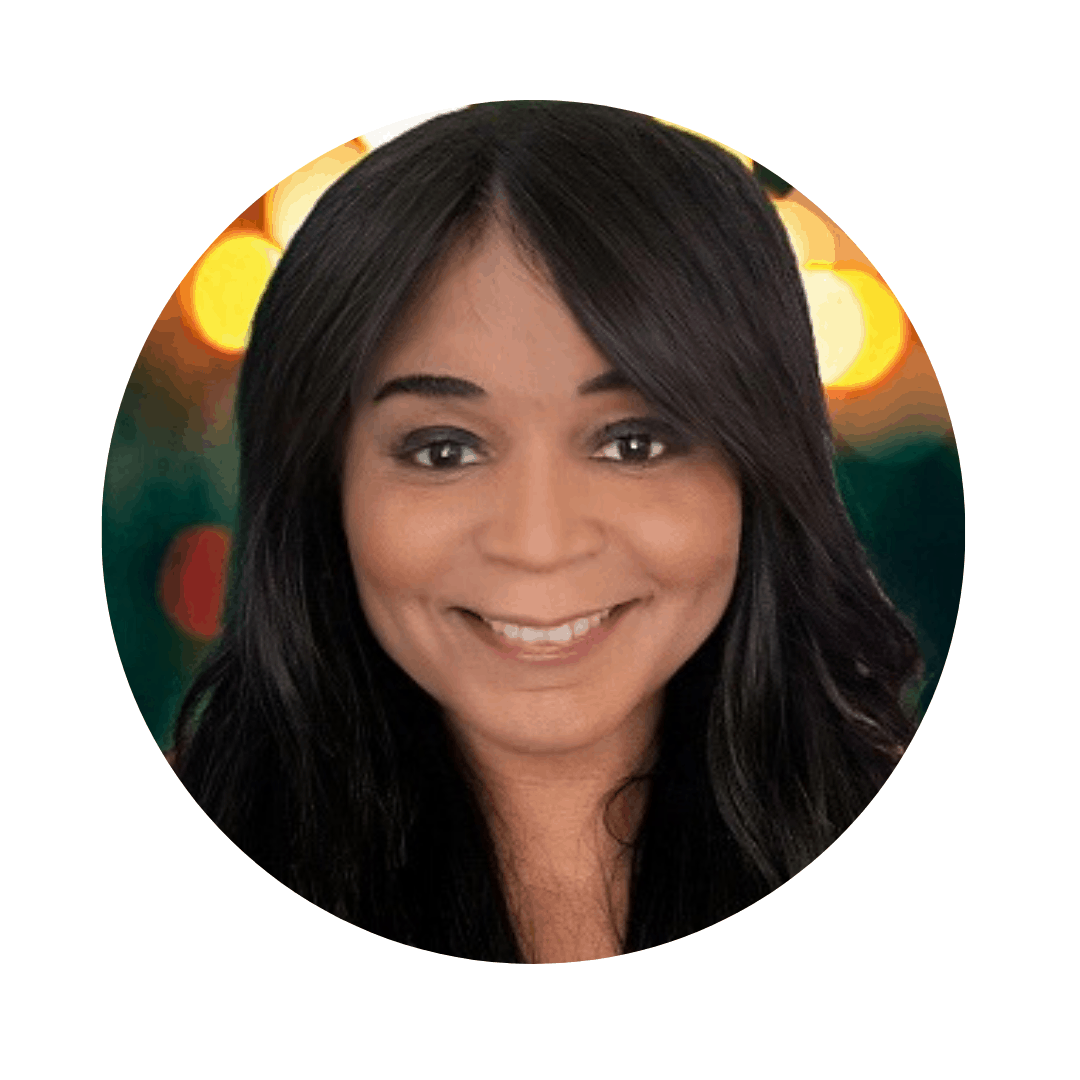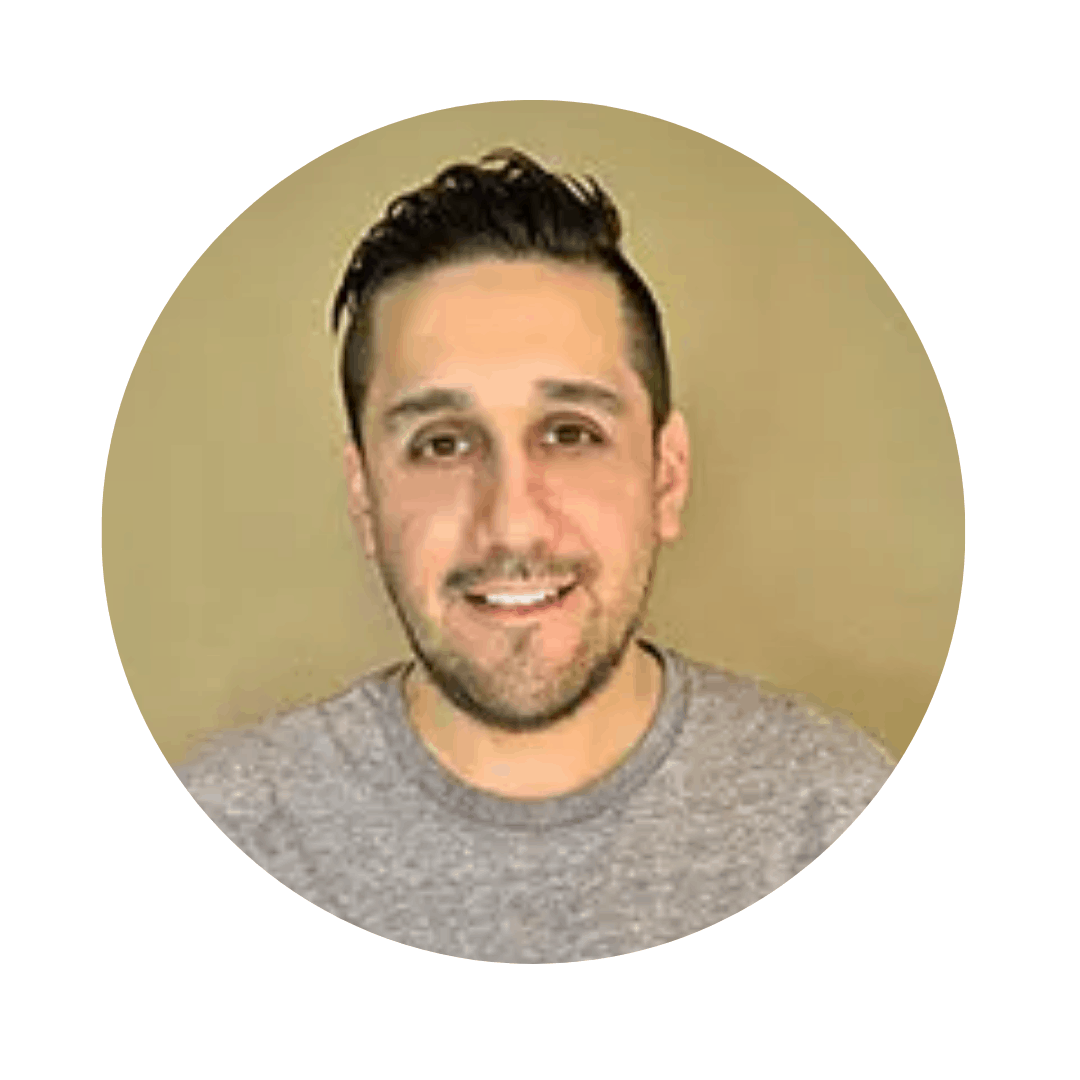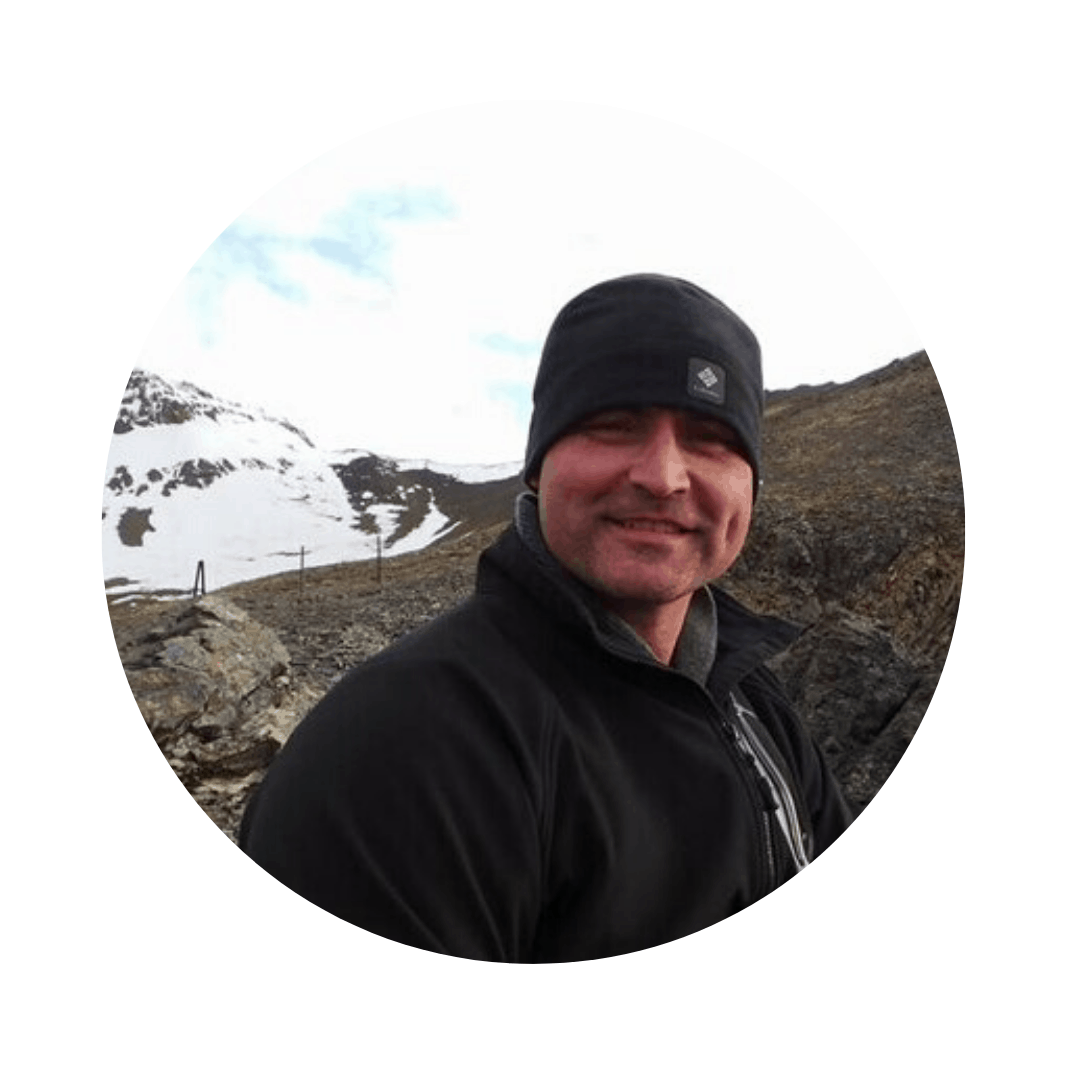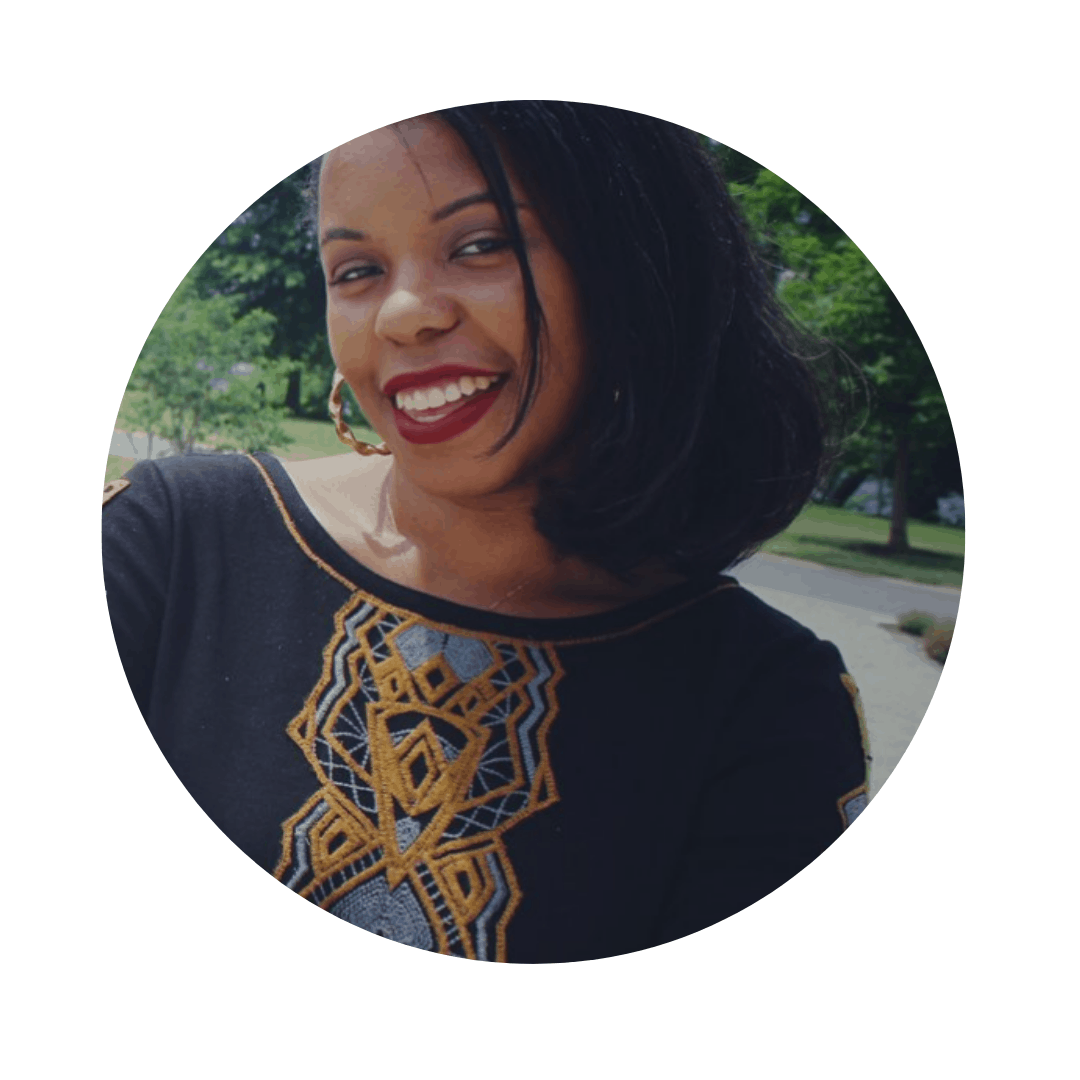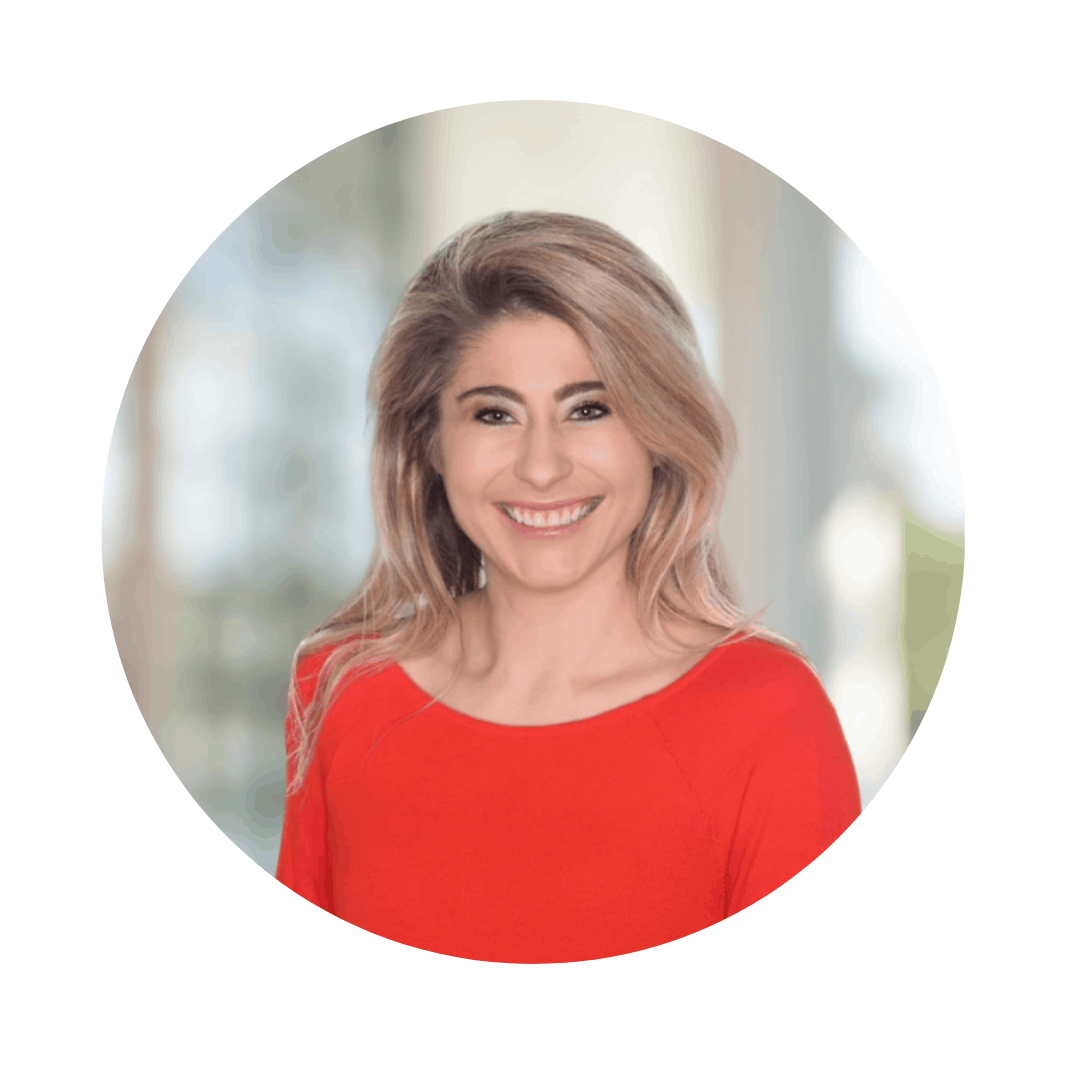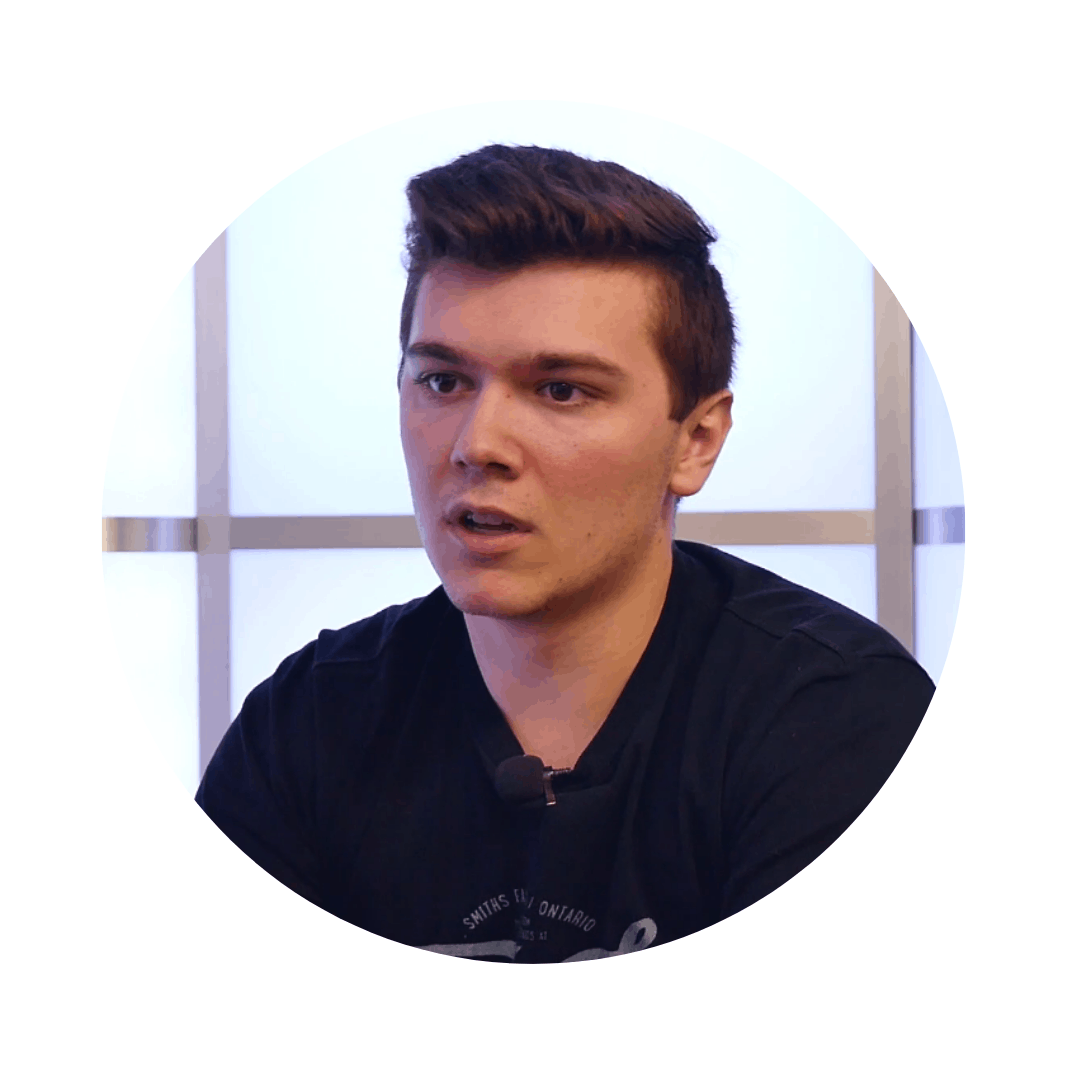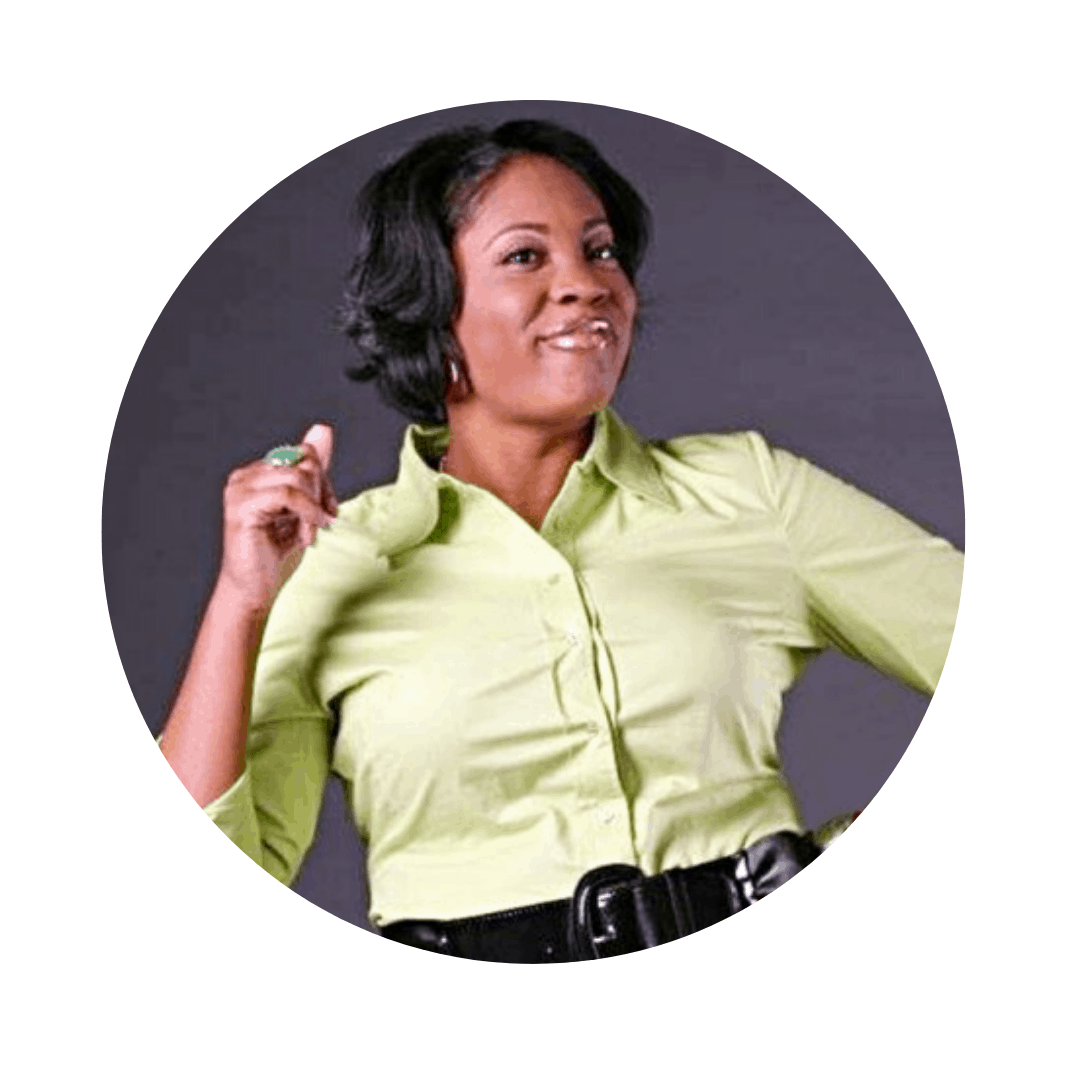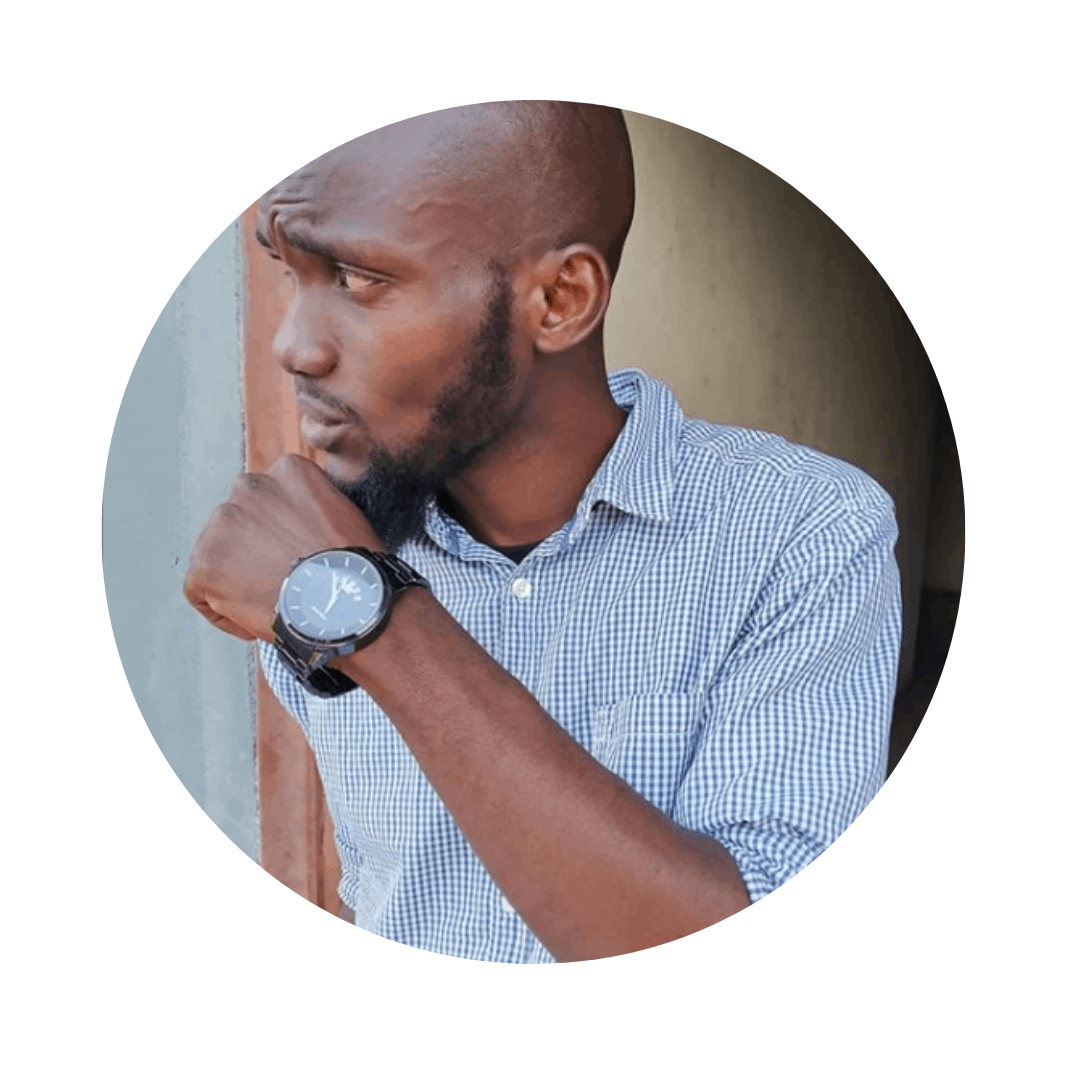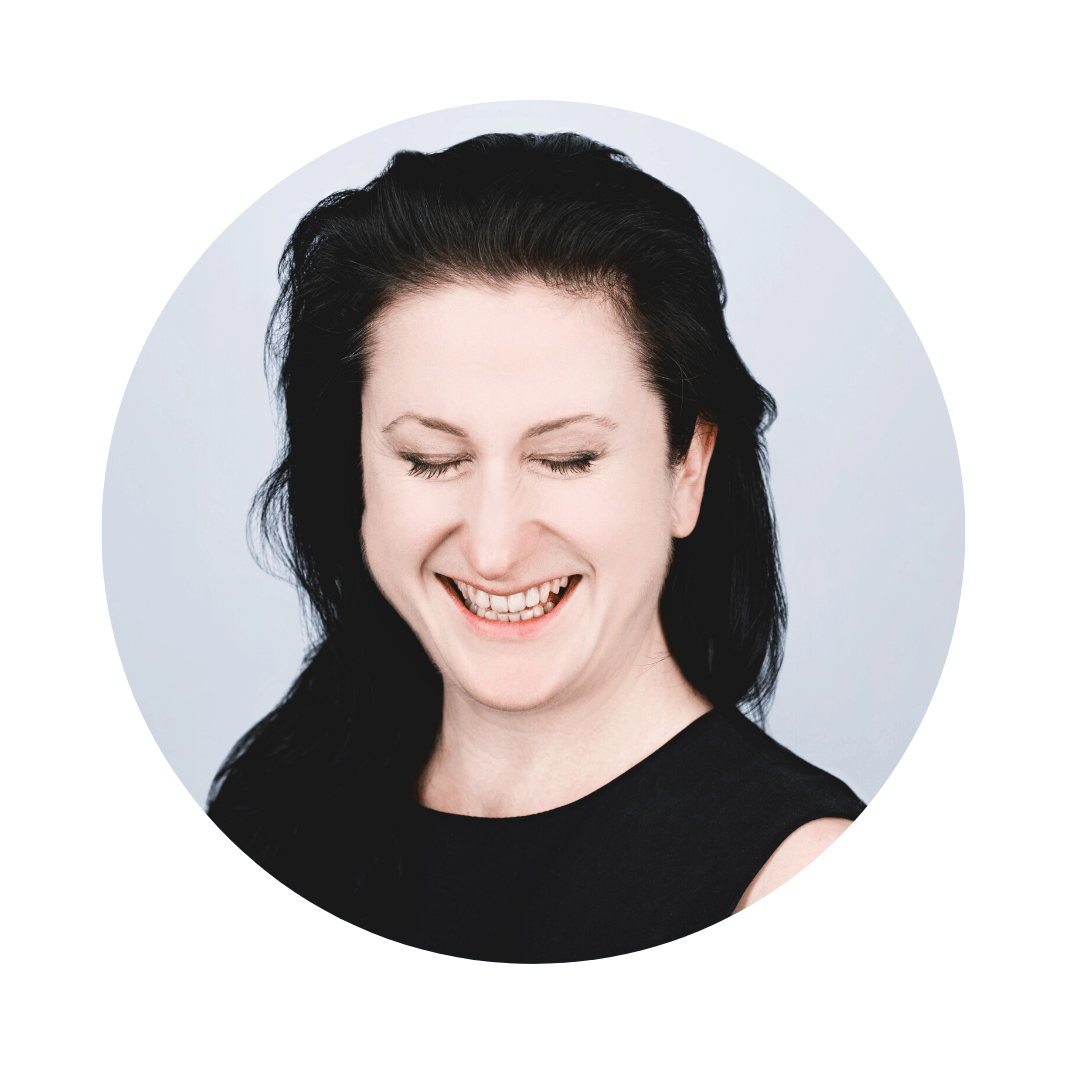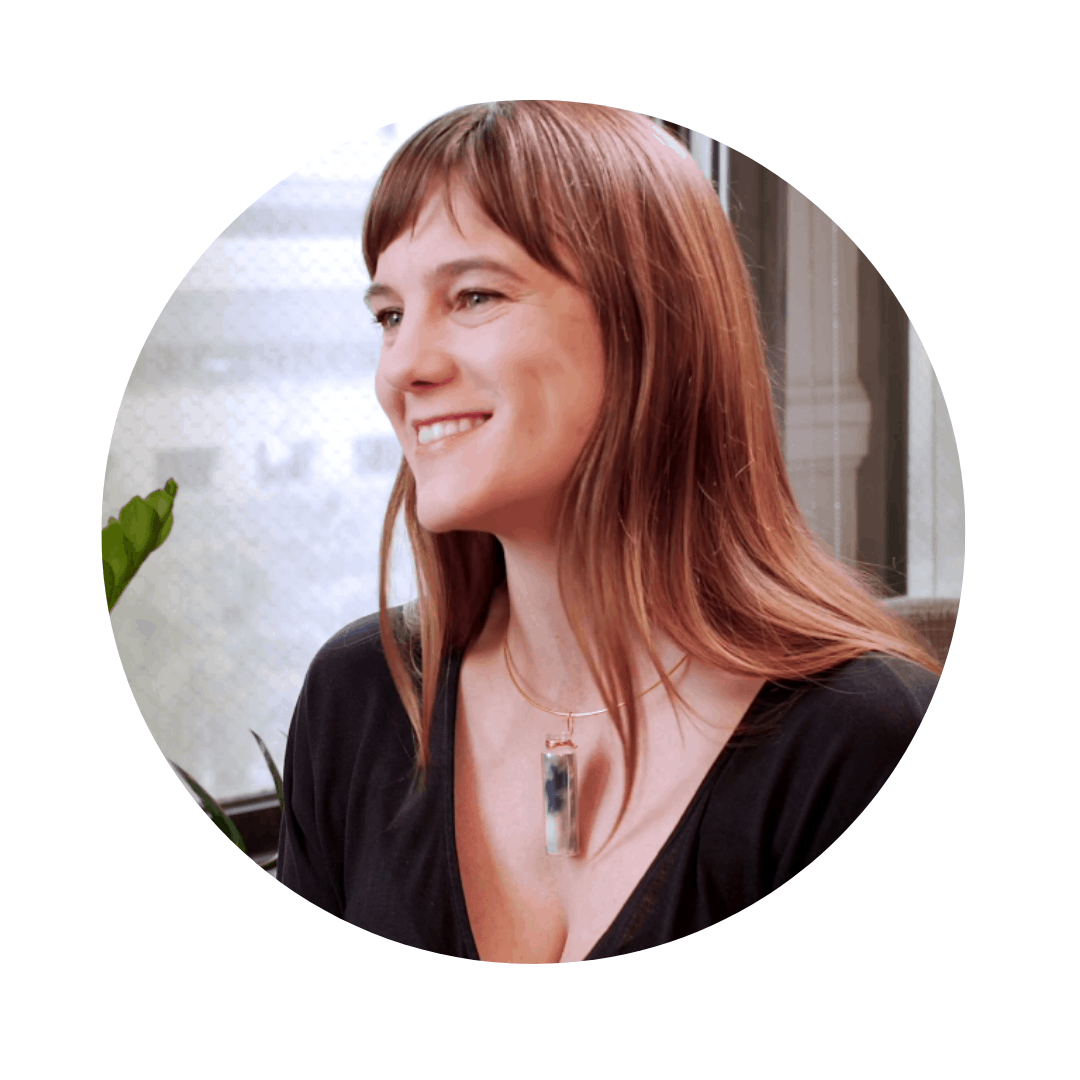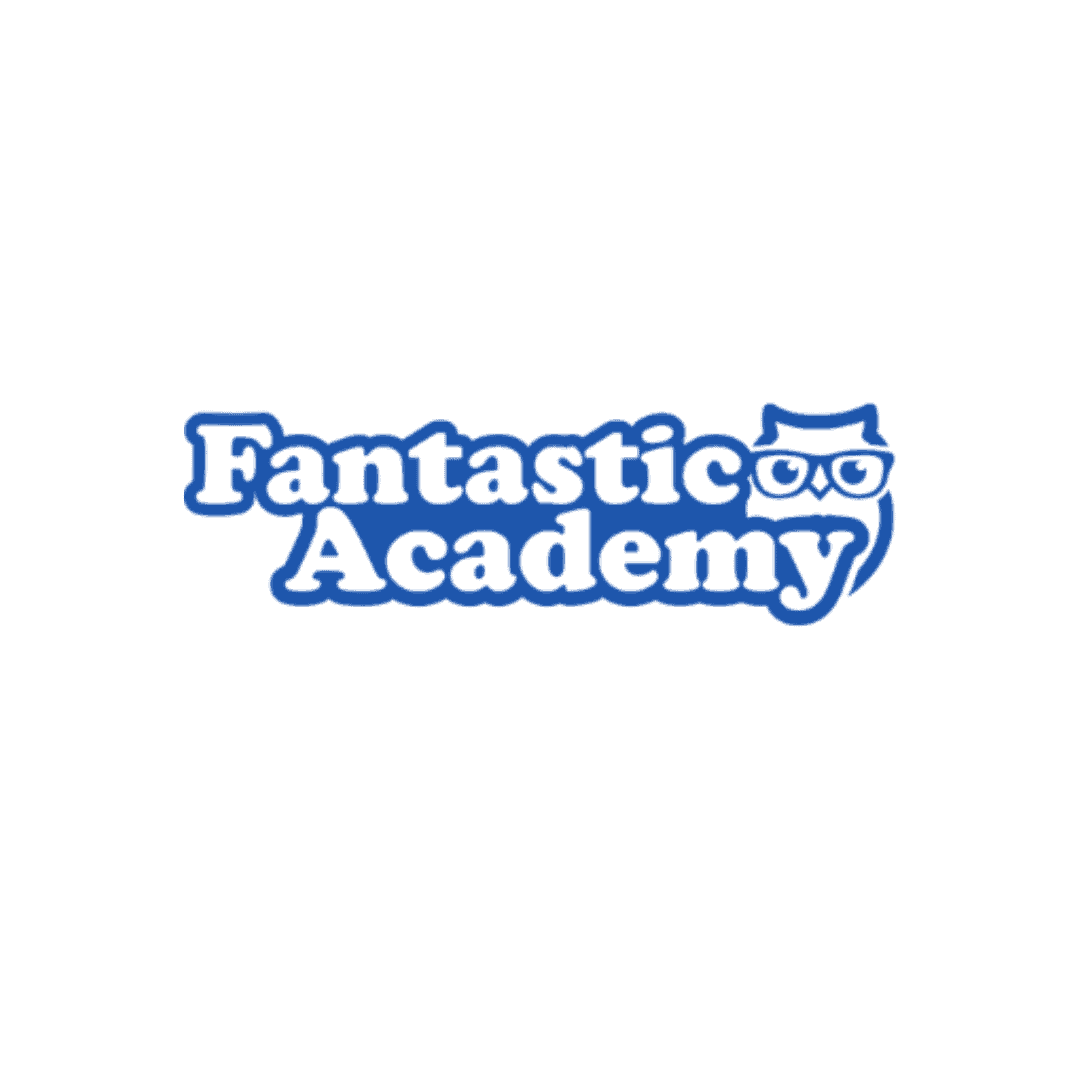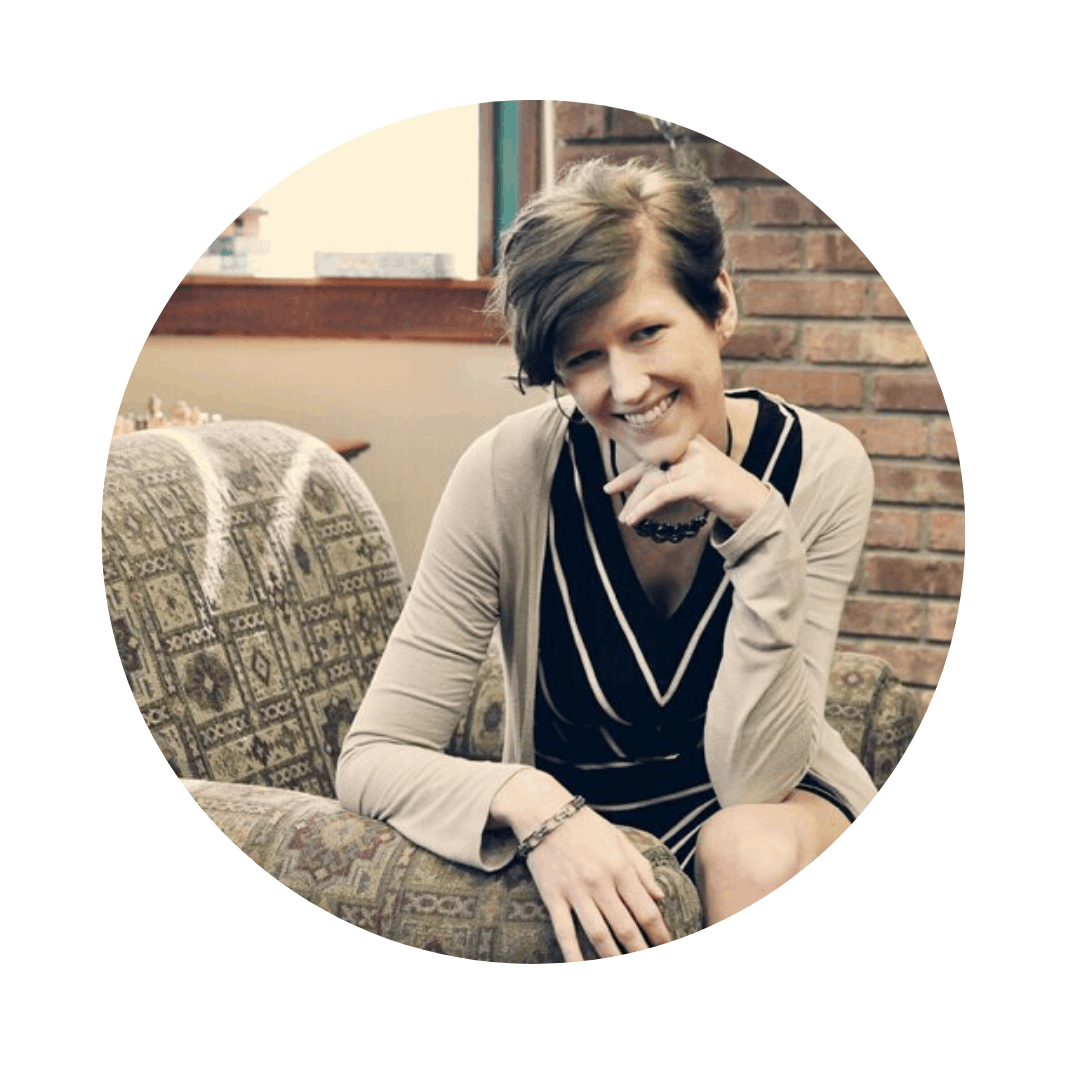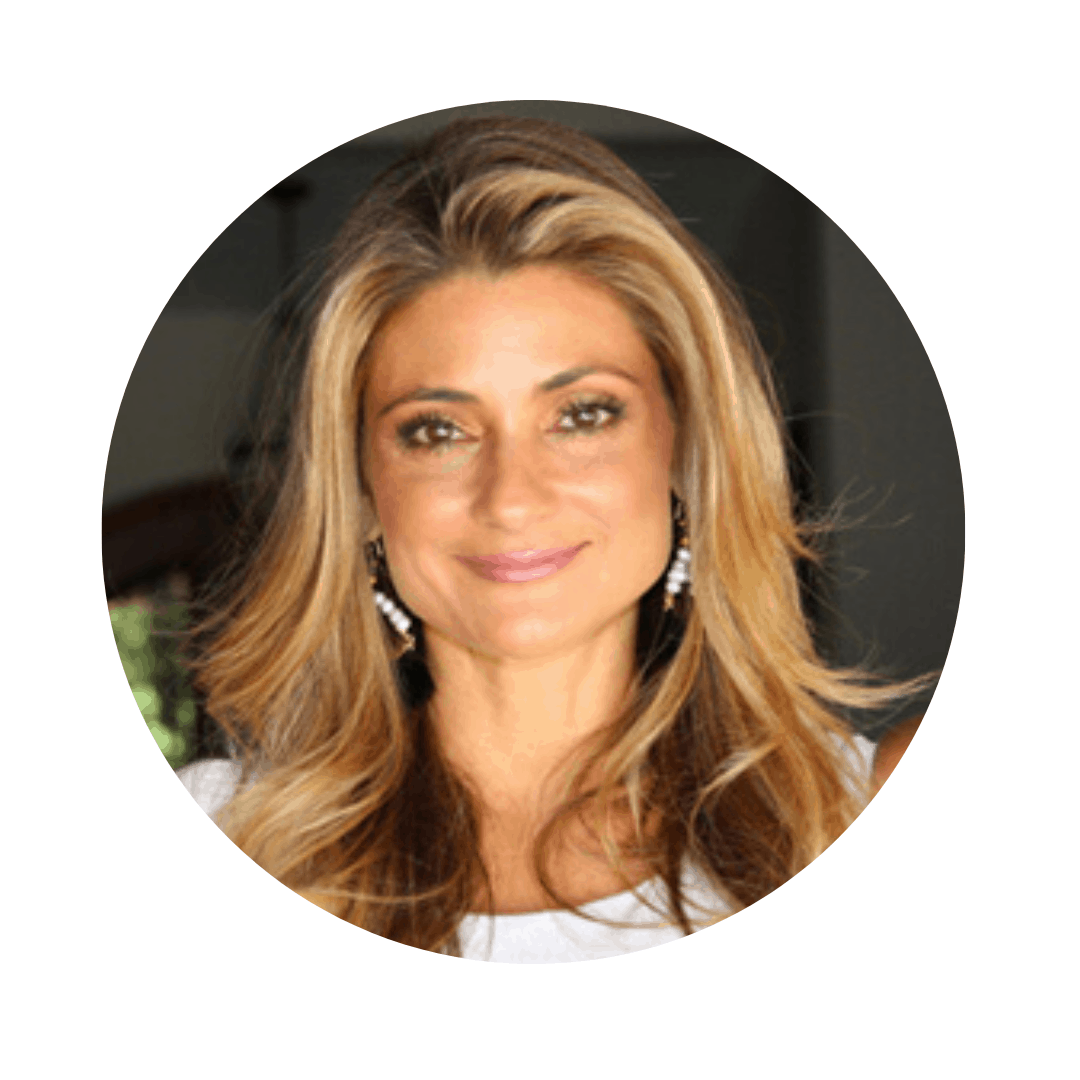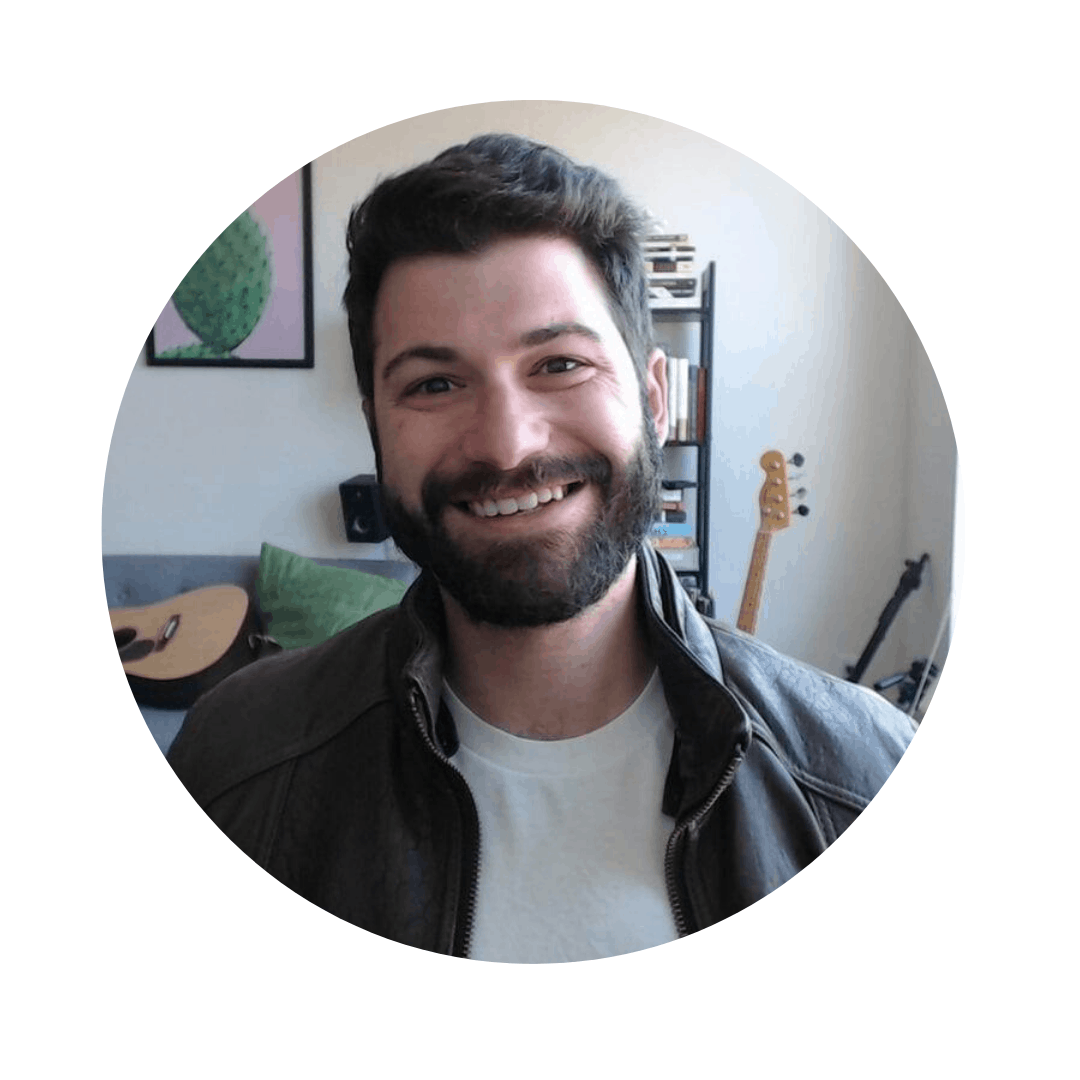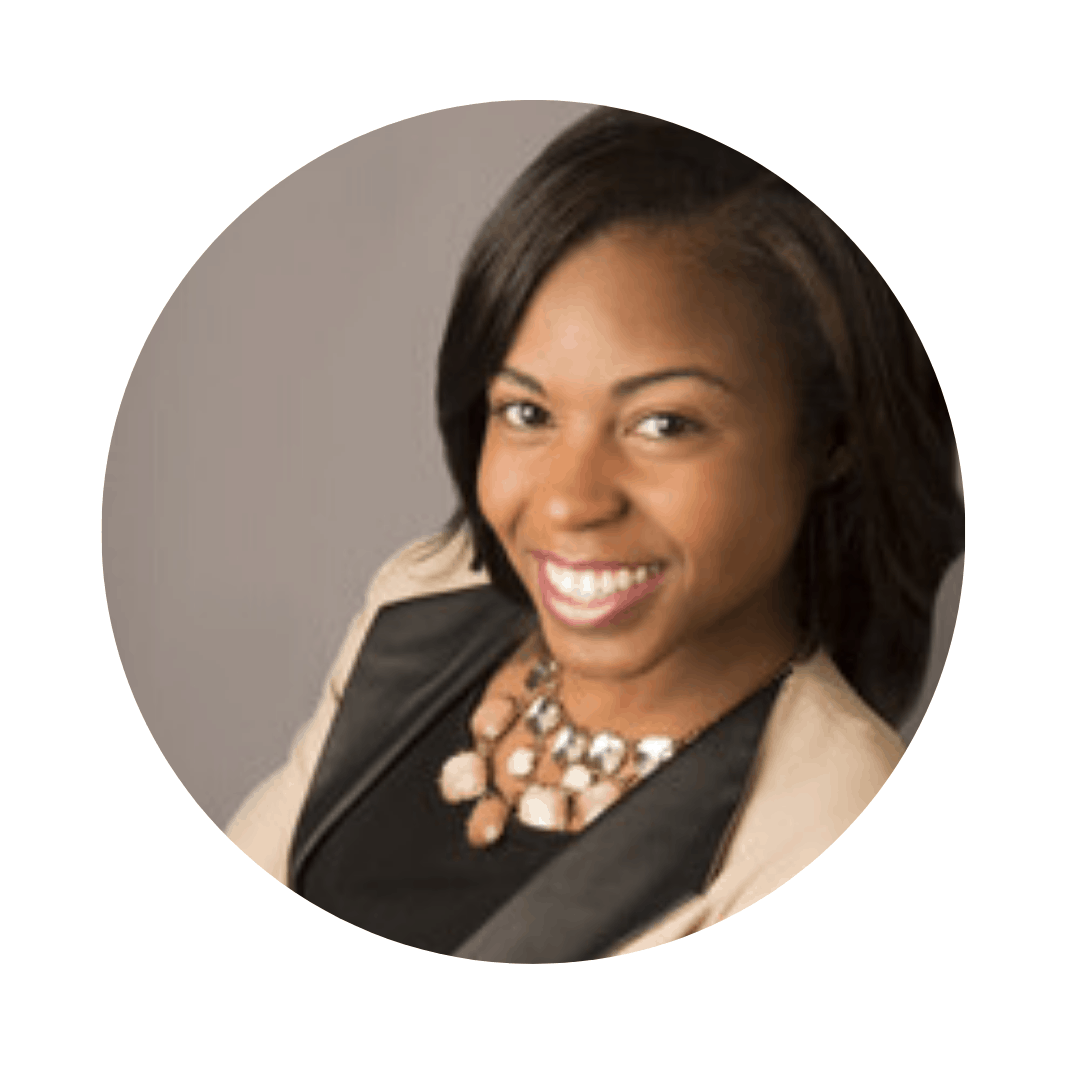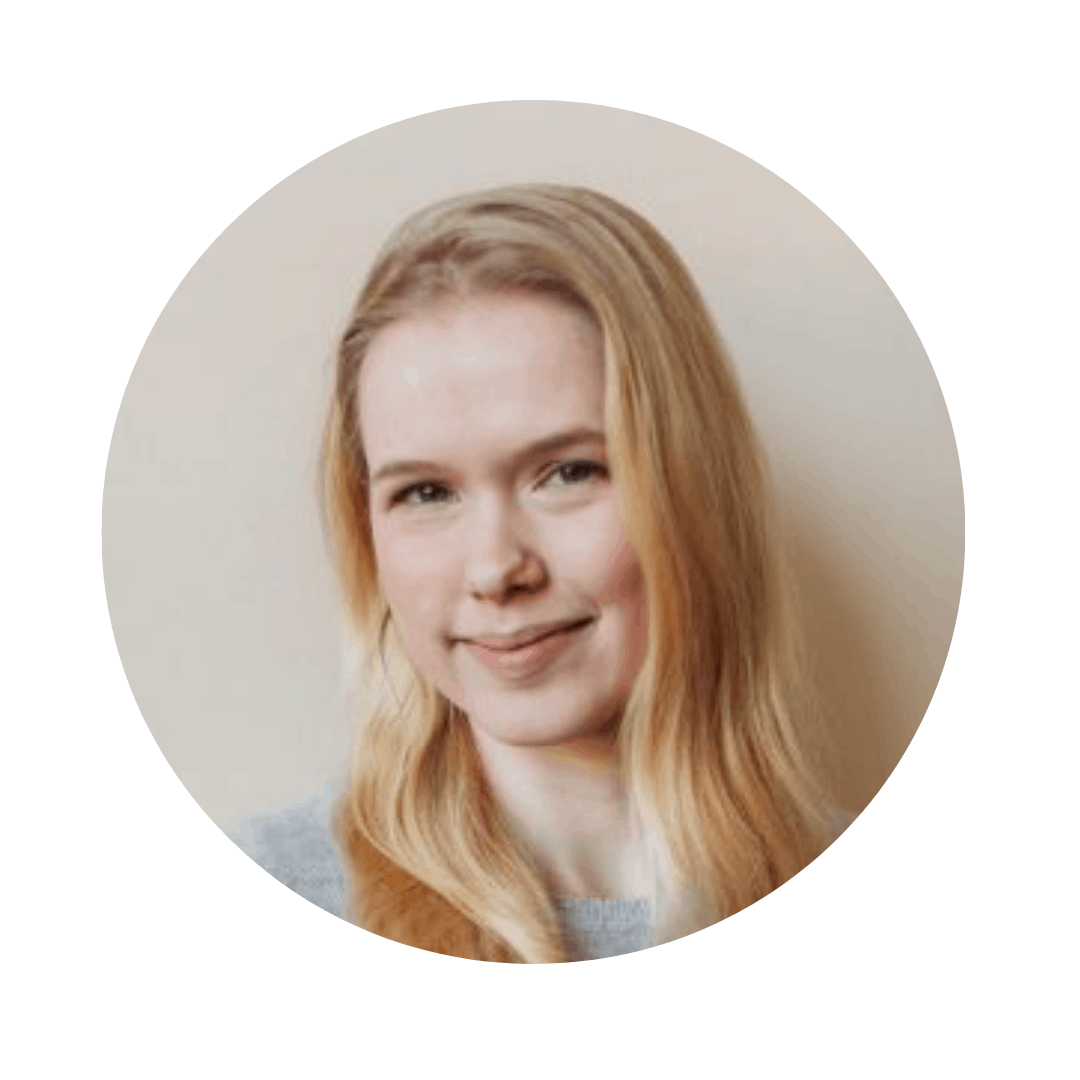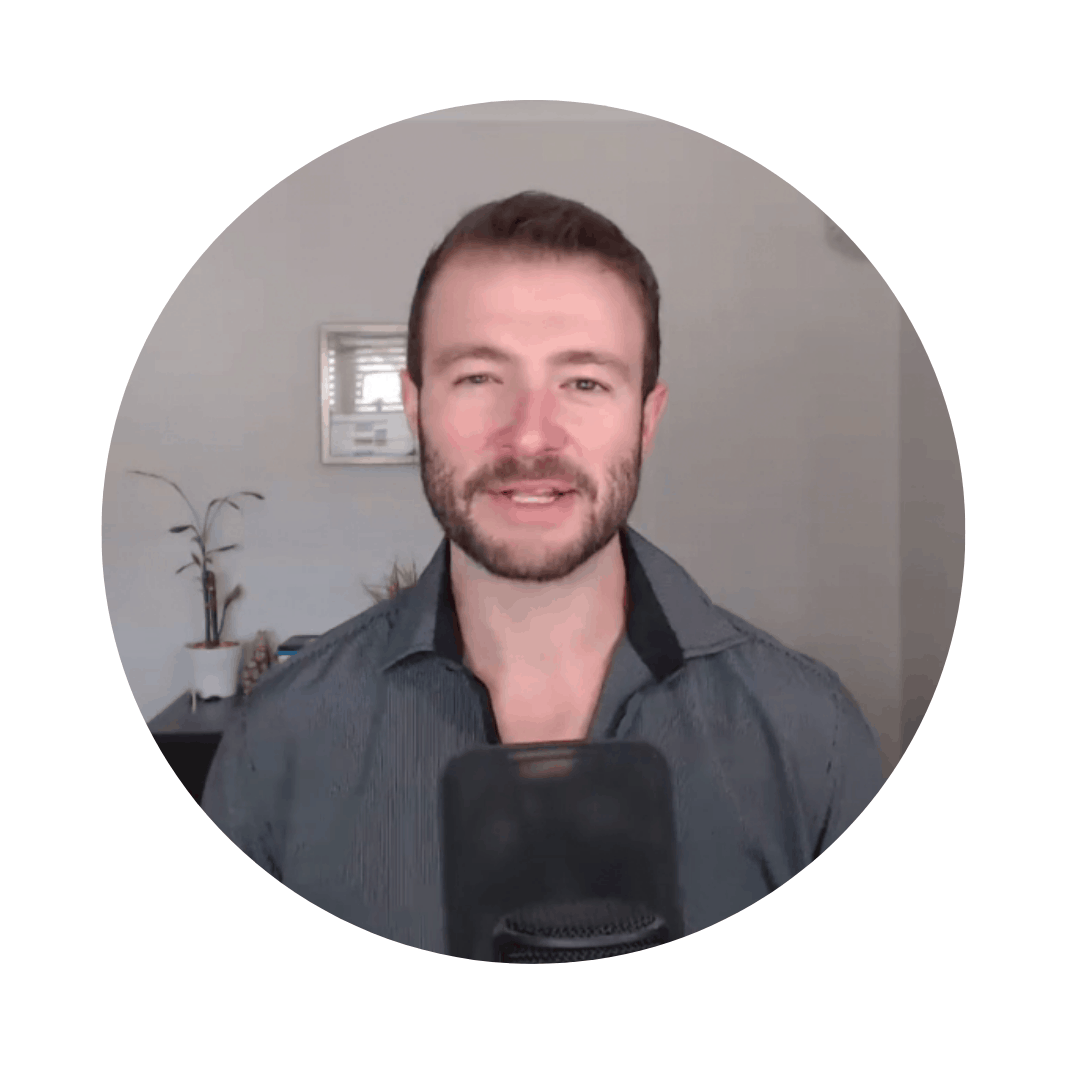Our content is reader supported, which means when you buy from links you click on, we may earn a commission.
How Did You Find Your First Customer? 44 Stories From Online Course Creators
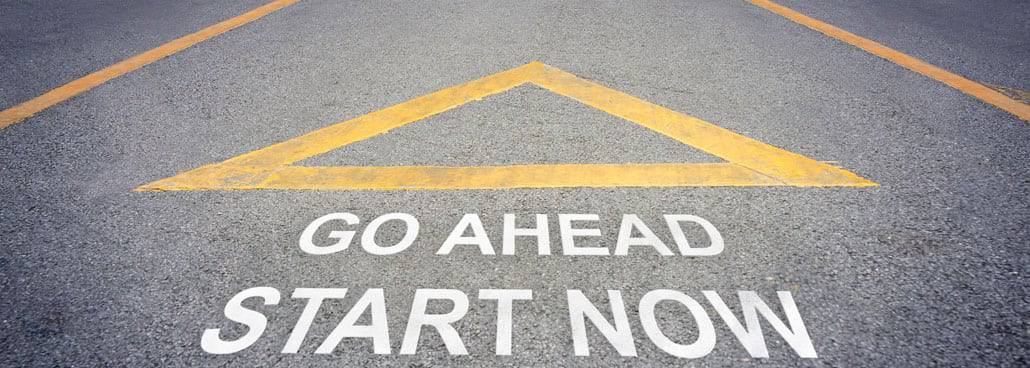
As course creators we often spend a lot of time creating and refining our training programs, putting the finishing touches on our sales page, and then waiting for that first customer to magically appear.
But those who’ve already gone through this process know waiting is the wrong way to go about it. You’ve got to be active and get out there. You’ve got to put your sales page in front of the right people.
It’s often a testament of will.
To gain my first customer I had to put my course on Ebay. That was back in 2001 when there weren’t nearly as many options as there are now. And it was hard. I felt like I had given up before I ever got started.
Since getting that first customer can be so hard, most people remember it. So I decided to ask people in the digital training space how they found their first customer. The answers made for great stories and I’ve shared the top 44 of those with you here. It’s my hope that these stories inspire you whether you’re on your first or your 2000th customer.
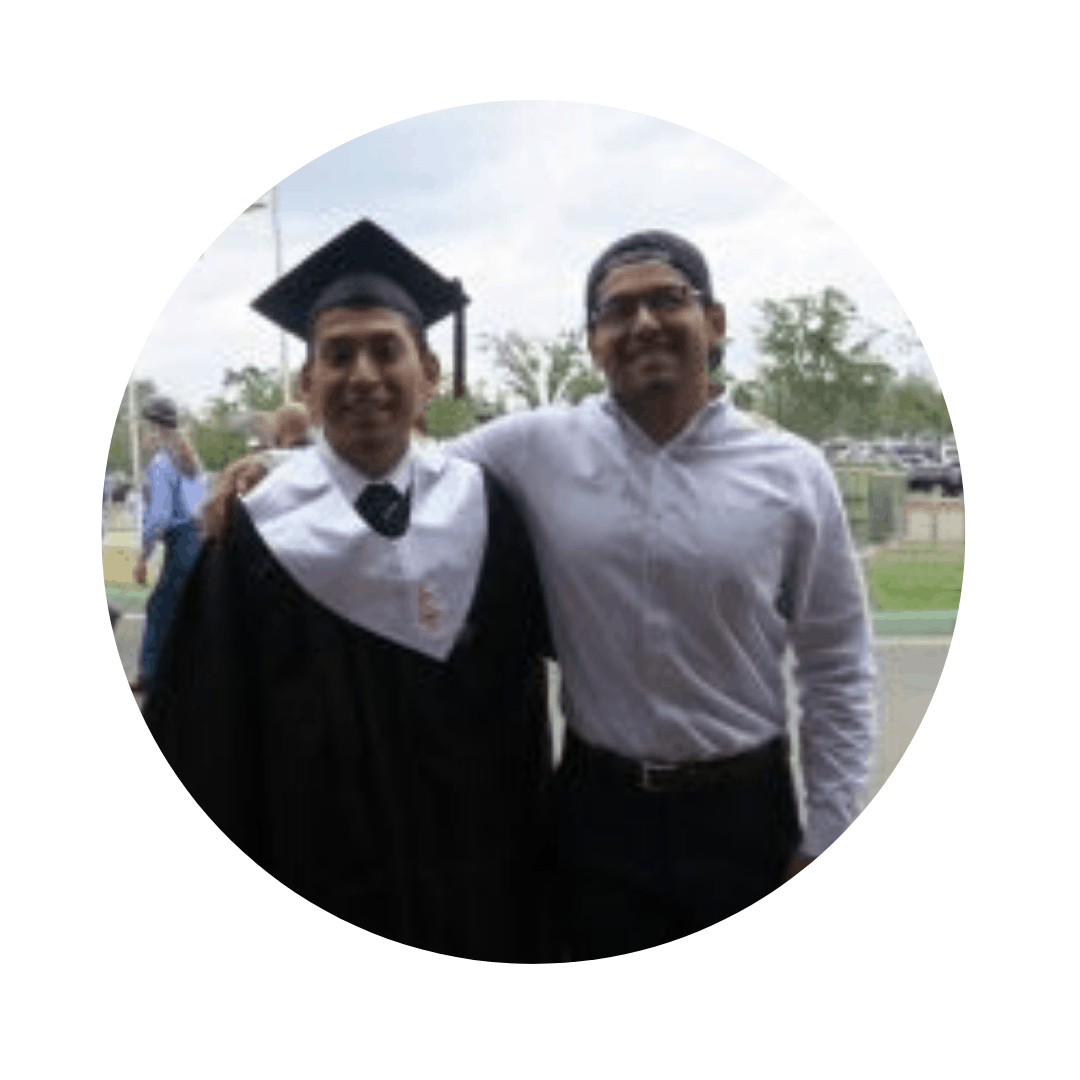 1. John Pinedo
1. John Pinedo
~John is an SEO and PPC specialist as well as the Founder of Freedom Bound Business.
“I’m a blogger who created a course a few years back on self-publishing.
I got my first customer with an email list broadcast message after months of building my email list through content marketing. At the time, I was giving away a free e-book to blog visitors who landed on self-publishing related content. After they subscribed, they were nurtured and sent emails consistently. When it was time to launch my product, I warmed up my email list to the product launch and eventually launched it with a few dozens of sales on day one.
It was a great experience and one I look forward to doing again soon.”
—
 2. Dusti Arab
2. Dusti Arab
~Dusti is a brand strategist at The Reinvention Co.
“After doing the service work creating courses for coaches and wellness professionals, I knew I wanted to create a solution for people who were still in the DIY phase of getting their programs up and running. So when I created my course on creating your first course (How meta is that?), I sold 10 spots almost overnight! When you’ve done the work of niching your audience down and making it clear how you can help them, you build the trust needed for them to be able to purchase something like a course from you.”
—
 3. Rodney Yo
3. Rodney Yo
~Rodney is the founder of Best Online Traffic School.
“I got my first customer on Reddit by searching for people who had recently gotten traffic tickets and were posting about questions they had. After reaching out to several people I offered them a discount to try out our course. I was quick to answer any questions people brought up. By showing them I was responsive and helpful, a few people took the course and spread the word around.”
—
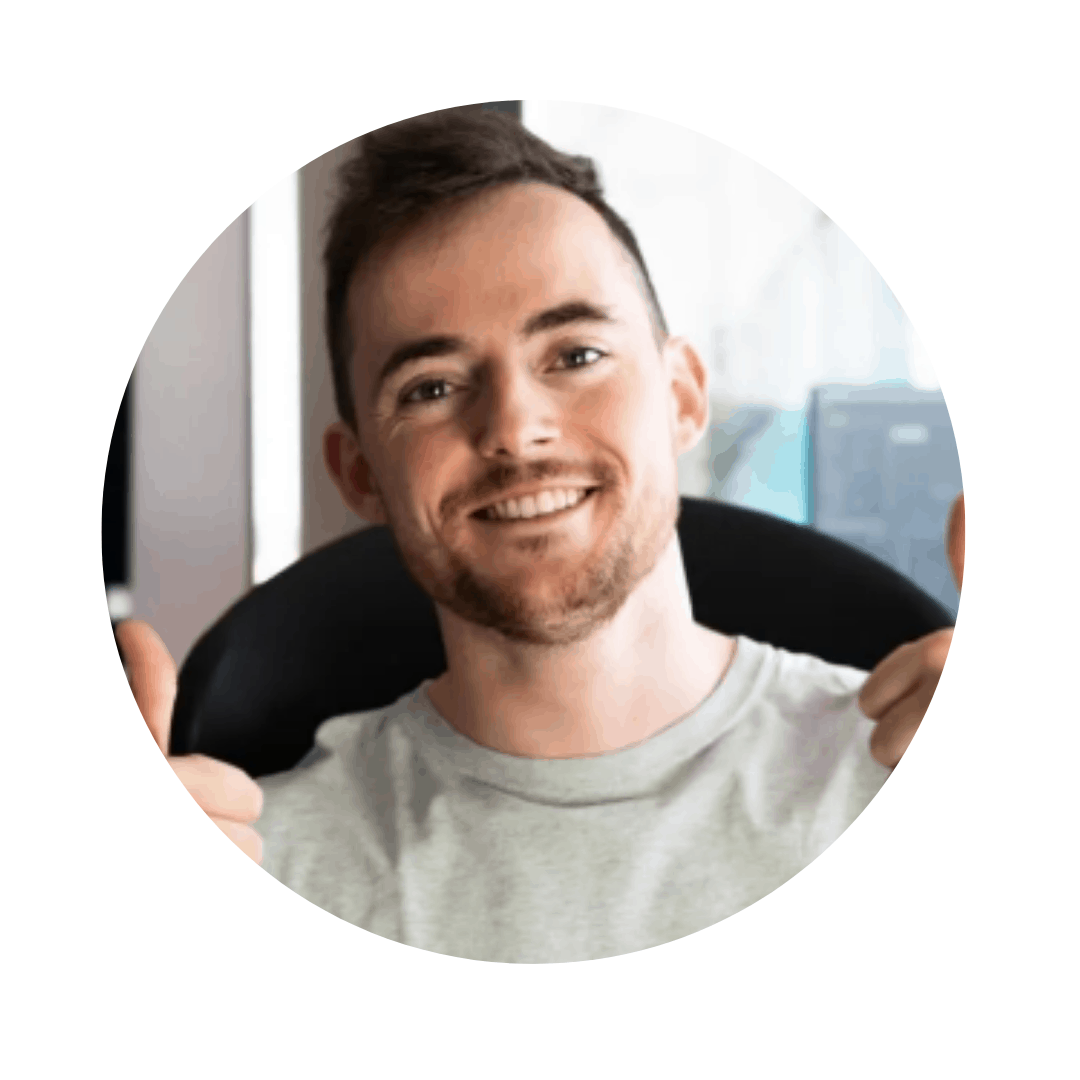 4. Leon Sylvester
4. Leon Sylvester
~Leon is the founder of soberclear.com.
“I had slowly been building up a small audience on YouTube before launching my quit drinking program.
To sell the program, I launched a webinar that spoke about some key ideas to help people stop drinking. My first sale came on the second day.
I think the key thing for selling your first few course copies is to create plenty of free content around the topic before launching your program.”
—
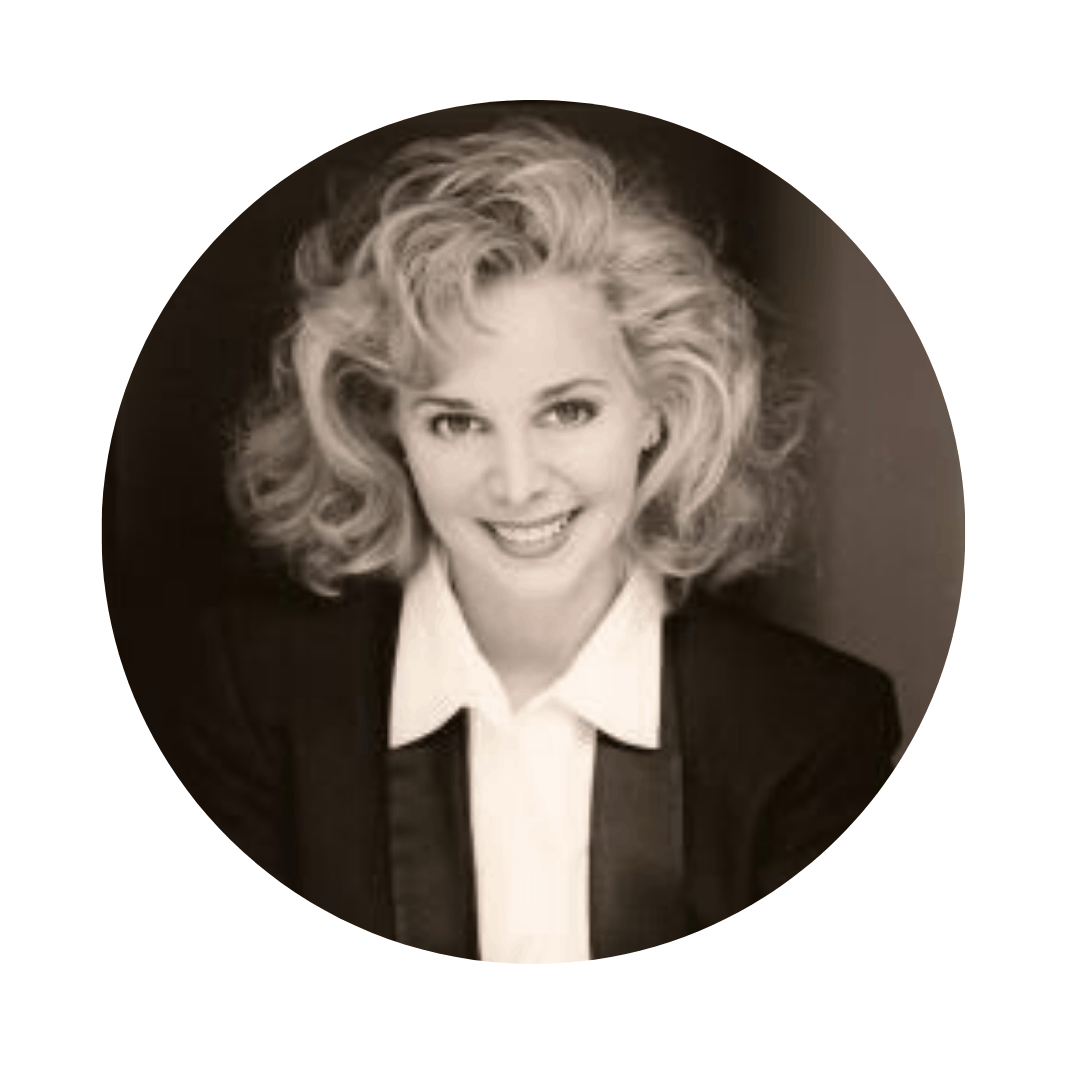 5. Julie Austin
5. Julie Austin
~Julie is the founder of Create For Cash.
“I sell several courses, but the big two are on sponsorship. I actually started out with a membership site, which was a directory for speakers and one for artists. But after the site was up and running I realized the members didn’t know what to do with a sponsor if they got one. So I put together a course for each one.
I had also started building an email list for the sites, which proved to be the best thing I could have done because I was able to send out an introductory offer to those people on the list. That’s where I ended up getting my first customer and most of the ones I have had since then.”
—
 6. Lindsay Paige Stein
6. Lindsay Paige Stein
~Lindsay is the founder of The Roundtrip Collective, the first-ever community and program for travel-obsessed students.
“After years of managing PR for travel companies, freelance travel writing, and blogging, I absolutely loved my job but was still constantly craving more of a purpose. During the COVID-19 quarantine, I downloaded the social media platform TikTok and when one of my Maldives videos went viral with over 2 million views, I was getting flooded with messaged from high school and college students asking about how I travel for work, what exactly I do, and how they can work towards that goal.
That’s when it clicked.
I created a course designed for students/recent grads who want to learn and understand the different travel career industries, find which path is best for them, how to make effective connections, and how to ultimately land their dream internships and jobs, just like I did. My first customer was straight from TikTok! The leads kept pouring in, so I created a list of their emails, set up market research calls with those who reached out with interest, and once I launched it, gave them first-dibs access.
As soon as they sign up, they get lifetime access to the course and become an official Roundtrip Collective member which gives them the opportunity to connect with travel industry professionals every month, gain a like-minded community, personal mentoring from me, travel/hospitality job listings, and more.
My tips for others looking to make their first sale is to analyze: who is your dream customer and where are they active on social media? Who are your core competitors, and who is following them? Tapping into creating relatable content, gaining credibility in your field, and creating that community on social media is key to draw in your first customer.”
—
7. Arneca Franklin
~Arneca is an Instructor and Consultant at PPMC Academy Inc.
“I am an instructor and owner of PPMC Academy Inc and I teach live instructor-led online classes along with self-paced courses.
I got my first paid customer (on my website) through a free mini-course I launched on Udemy. I know most course creators cringe when they see the profit share agreements with Udemy. However, I see this as an affordable marketing campaign. The exposure and opportunity to connect with a new audience exceeds diminished compensation. I recommend this method to all new course creators who have not built an audience. New course creators should also start off with a mini-course. This will help them gauge the audience’s interest prior to launching a complete course.”
—
8. Edwin Contreras
~Edwin is the Founder of Do Six Figures.
“My first customer came from my email list. When I first started blogging, I added an email signup form on my site to send a weekly newsletter.
While I didn’t have a course or any product at the time, I knew that one day this list would be useful to me.
After switching domains multiple times, what always stayed with me was my email list. Once I finally had a course to sell, one email from my list led to 14-course sales the first day it went live.”
—
9. Nat Alleblas
~Nat is the founder of SEO Sleuth and NatAlleblas.com.
“I ran a free challenge and a 3-part webinar series in the lead up to my course launch, and most of my first group of students were participants.
My advice to other course creators is to build a loyal following and run either a challenge or webinar series to build the know, like, trust factor. When selling a course, it isn’t just about the knowledge you’re sharing but your style of teaching. People want to connect with you first before they’ll consider buying your course.”
—
10. Trey Dean
~Trey is the founder of LowRisq, by Pinnacle Safety Solutions.
“It’s very unlikely that you will publish a course and it will be easy selling at first, although there are some that do see that happen, so it’s not impossible.
I kept my eyes open on ways that I could serve and provide valuable content to entities that needed some element of what our platform and/or courses could provide and I provided this content for free. I did whatever I could to get my name out there and I wrote blogs that I re-published to LinkedIn, Facebook, etc. All of this was part of the effort to get our name out there and let people know that we want to help, both for good causes and, of course, as a for-profit business..
One of the best collaborations we had initially was with an individual who did a lot of work with a humanitarian group that aided recently immigrated refugees. These people needed training and they needed to provide proof of it. We offered to provide the training for free from any of the courses that we had published and we would provide them with a certificate of completion.
This ultimately led to additional contacts that we were able to convert into paying customers. It was a win-win for everyone. Our mission is to serve where we can.
So my advice would be to always be on the lookout for subjects and things that your classes can be of service to and make some type of an offer of your content that might be able to help. Once that stone gets rolling downhill, it gains momentum.”
—
11. Brittany King
~Brittany is a Keynote Speaker and former talent acquisition consultant for Fortune 500 companies and the founder of BrittanyLKing.com.
“I am in a mastermind group with fellow female entrepreneurs. I’d been mulling over when to launch my course, Speak from Scratch when one of the members mentioned that she was nervous about an upcoming keynote speech.
I popped into the group and said “Hey, I’m preparing to launch my online academy that helps individuals become better speakers in all areas. So if you want to learn to speak better from the stage or on a Facebook live let me know because I’m looking for beta testers and I’m offering a discounted rate for the first cohort of the course.” Three out of five of the members of the mastermind responded with “send me the link!” and voilà I had the first 3 members of my course!”
—
12. Cole South
~Cole is the owner of martial arts brand Gold BJJ that offers an online training website, Gold BJJ Online Training with a variety of martial arts courses.
“Gold BJJ Online Training’s first customer came from our email list. Having an existing audience before launching an online course is crucial. We had been selling physical products for 3 years before creating a digital product, and this established customer base was incredibly helpful to kick things off. I would highly recommend that new online course creators start building an audience as soon as possible.”
—
13. Tiffany Allen
~Tiffany is a nonprofit development consultant that helps nonprofits navigate their startup years at Bossonabudget.com.
“My first online course was a 12-module course on how to write successful grants. In order to make my first sale, I built momentum in a Facebook group I manage.
The group’s focus is on providing tips and advice for those who are new to grant writing, to provide grant opportunities, and to provide motivation for people to get over their fear of grant writing. In the month before I released the course, I wrote a post detailing my plan for releasing the course with a listing of each module. I asked for feedback on my plan so I could warm people up to the idea of the course. The week before the course dropped, I asked if people wanted to be added to a list to be the first to hear about the release, and then when I finished it, I sent an email to that list, which resulted in my first sale.”
—
14. Robert Johnson
~Robert is the founder of Sawinery where he provides online workshops for beginners and veteran woodworkers.
“I remembered getting so hysterical and overwhelmed when I found out I finally had my first query. It was a surreal feeling especially when you know that the business is just starting, and someone showed interest. I got that deal when I told my first customer how relaxing it is to work on a woodworking project. I also shared a couple of my personal experiences which enlightened her to purchase the beginner kit online course for her kids.
Thus when your first sale finally happens, or that first query pops in, always be prepared. Don’t think of it as the first instead think of it as the last so you’ll be sure to do your best.“
—
15. Tisha Parker Kemp
~Tisha is an M.Ed, CTDP, CPM and founder of shiftED Academy Inc.
“My recommendation for my clients creating online courses is to reach out to existing contacts and connections via email. In that email, they inform that they are in the process of building a course and are looking for feedback from people they know and respect – and ask if they would be interested in finding out more by completing a brief survey. That survey contains information about the course structure, objectives, and asks respondents to identify gaps and offer suggestions.
Then, invite those who responded to an online meeting to demonstrate the course modules and offer a deep discount to attend the live online course as a thank you. After a couple of iterations of the live online course, course creators become clear on what aspects can be converted into an on-demand course.
In the process, they can garner testimonials from early participants. Some course creators attempt to jump over the important steps of vetting the content and asking for help – powerful aspects for building the right content and leveraging testimonials for marketing.”
—
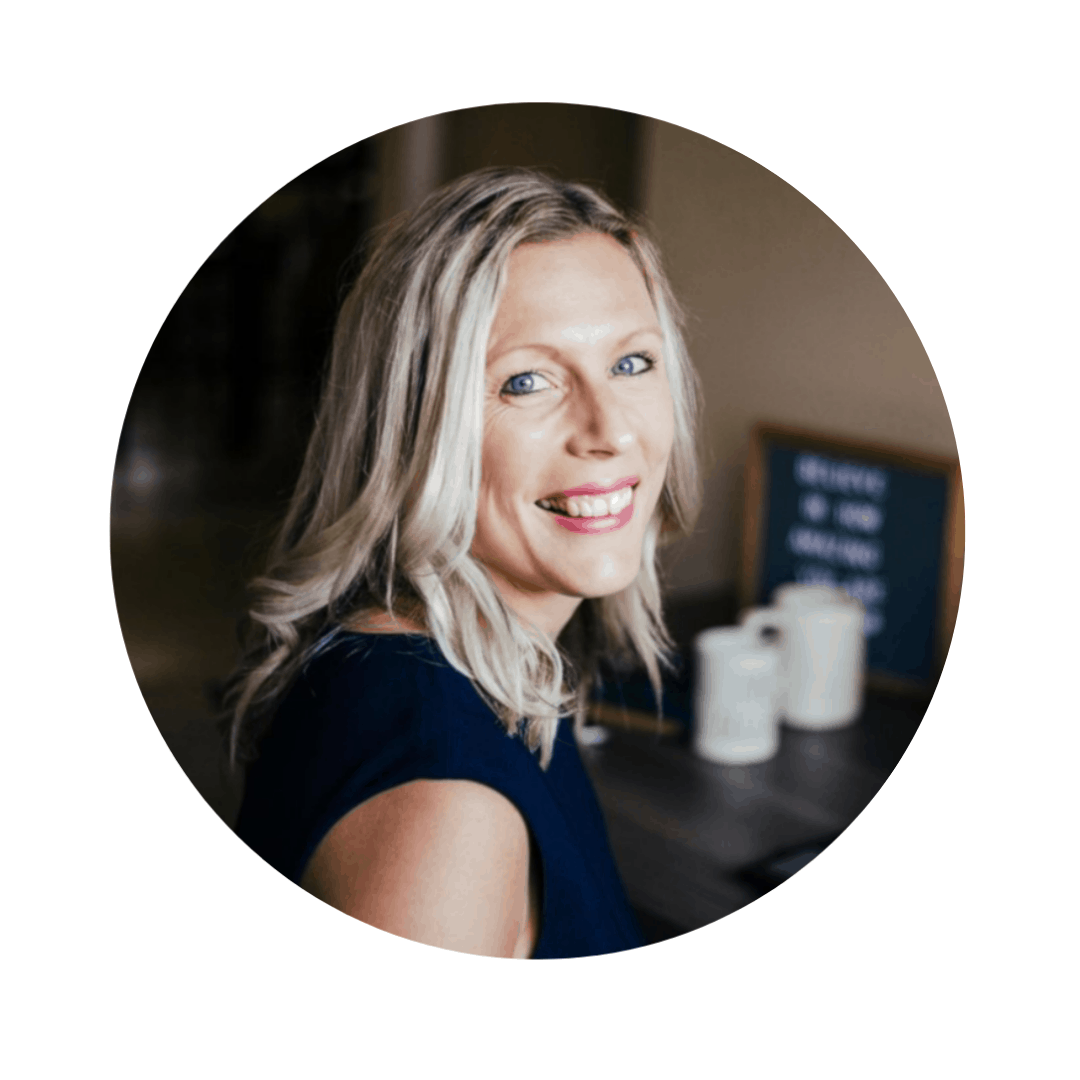 16. Gems Collins
16. Gems Collins
~Gems is the Founder and CEO of Gems Collins LLC.
“The first part of the process was warming up my audience. I spent time engaging with them, asking them for their input if it was something they would be interested in to be sure I had a viable product.
In the lead up to the launch, I talked about the program ALL THE TIME! Not just what it entailed, but some behind the scenes snippets, videos of me creating the course, etc. and I set up a process for people to register their interest via my email list.
It was these people that I contacted first, the day before the course was launched – I gave them an early bird discount prior to opening doors to the wider market and it was through this campaign that I made my first sale – email marketing works!!
—
17. Ashley Monk
~Ashley is the CEO of It Media and AshleyMonk.com.
“Though I’m an ads strategist & CEO of a marketing agency by trade, the course market is so lucrative after running paid traffic for clients I knew I had to begin innovating a course of my own. Ironically enough, I initially built this course based on a founding member’s model. I created content around colleagues I knew needed marketing assistance.
I surveyed 20 colleagues and gave a founding member rate so that I could curate everything specifically around those members. Many of them were on my existing email list, attended online & virtual workshops, and inquired about agency services, but were not qualified at the time. As we’ve scaled, I run Facebook & Instagram ads using the same strategies and tactics to my own courses an training.”
—
 18. Tracie Fobes
18. Tracie Fobes
~Tracie is the founder of TracieFobes.com and LearnGrowEarnCourse.com.
“I was active in Facebook groups in my niche long before I offered my course. At that point, I was simply there to provide guidance and help. I quickly became one of the experts and people sought my advice. When I offered my first course, I got the sales from those groups.
I took the time to build trust and expertise within my community. When the course was released, there were people who knew who I was and what I was doing to help them. They instantly signed up for that reason.”
—
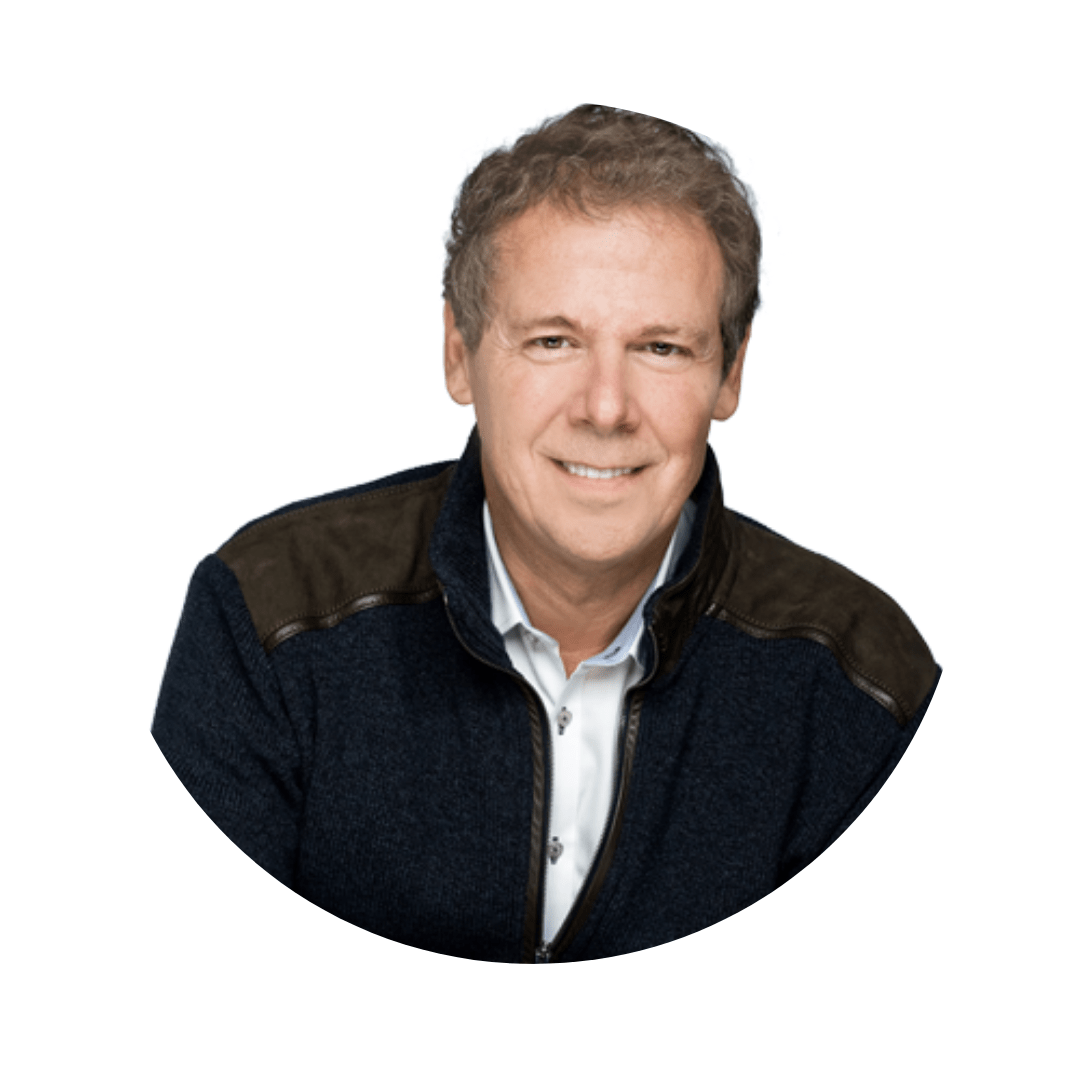 19. Paul Tobey
19. Paul Tobey
~Paul is the founder of ThatsAmbitious.com and TrainingBusinessPros.com.
“In the past, the way we made our first million, was by making full use of “live events” such as conferences, summits, trade shows, etc to convert leads into online courses. Our founder would accept being a keynote or guest trainer and convert from the stage. This has worked extremely well for the last 16 years. What we did to introduce remote learning, is in 2016 we built our Livestream Studio.
One of the great things we did for a while that worked great, was to host our own radio show on a local “talk station”. This also had impressive conversions. But we gave it up in 2018 just because it was very taxing time-wise on our CEO. This was a “lifestyle” decision for him.
However, in a Covid world where there are NO live events, we had to look at other strategies. We could go back to the radio, or pump money into buying Google Ads, Facebook Ads, or target our audience on Linkedin (we are B2B). We began by looking at our delivery methods. What we decided was to up our game in creating online membership portals to complement our Livestream training options.
We decided to launch re-engagement email campaigns targeted to post-graduates that took live courses from us between 2004-2019. These people had already spent large money with us (some up to 25K) in the past for our “live training”, so we didn’t really know how they’d feel about joining a NEW online membership program. This was getting them to change their behavior (from a live event to online learning). We knew a big draw for many of these entrepreneurs was our “community”. So we had to figure out how to deliver a “sense of community” regardless of “social distancing” regulations.
We launched a marketing automation “re-engagement” campaign that drove past grads into a live webinar. Within a few hours had over 100 sign-ups. That webinar had a 50% conversion and dripped dozens of past grads into our online course “That’s Ambitious” Program.
To keep the “community” aspect attractive, we offered 3 bonuses:
In addition being able to binge-watch over 100 hours of courses in the membership portal, attendees were getting community 3 ways:
- The ability to attend a bi-weekly Livestream training (in real-time) and ask questions from the trainer.
- Be able to attend bi-weekly Masterminds with the group and volunteer to take the “hot seat” if they so choose
- Lastly, to attend short “weekly” Monday Motivators on the closed “members only” Facebook group and share/contribute to the members.
This is proving to be VERY attractive to the members, and it helps create a good retention rate. Even if they are slow to consume the courses, they still get high value from the community efforts.”
—
20. Adrian Tobey
~Adrian is the founder of Groundhogg Inc.
“We didn’t create a course to make our first sale ….
…we created our first course to increase customer delight and reduce churn for our software.
It worked! We have less than 1% churn.”
—
21. Tameka Anderson
~Tameka is a Confidence & High-Performance Specialist and the founder of Create It Kids Club.
“How I got my first customer is through my podcast. I believe in the method of “taste and see”. What better way for someone to see how you train then by actually seeing or hearing you train?
So my podcast serves as a huge lead magnet for me. It’s literally like me having a conversation with my potential customer about a particular topic. Then I close with, ‘I know this episode was short and sweet however if you want more, then head on over to my website and grab the Behavior Hacks Lab where I share more of the juicy deets to get you the results you need.’
Then they usually find me online and let me know how much they love listening to my podcast.”
—
22. Yusuf Onabekun
~Yusuf is a Digital Marketing Strategist and founder of sesan.me.
“I got my initial course sales thanks to Facebook Advertising. Funny enough that is what the course is about, so this makes it easy to sell the course better.
Using Facebook advertising to sell should be seen as an essential part of any business, even if you have an SEO strategy in place. Facebook Advertising will make the SEO work even better.”
—
23. Eve Upton
~Eve is a consultant at BidCraft.
“That period of time between pressing ‘publish’ on your first online course and the first customer purchase can seem like an eternity. You have put in all the hours making a million micro-decisions on platforms, video editing, course topics, email marketing integration, the perfect picture for the landing page, and you start to wonder if it was all worth it. But then the email arrives saying someone has paid for your course. Someone has paid real money for what you created. It’s amazing.
We knew our first customer professionally. She trusted us already and was prepared to make the payment because she knew what we were capable of delivering in the rest of our work. This is a critical realization – people buy from those they know and trust, and you need to develop that group of people that will trust you enough to buy. Offer something related of value for free to build the trust that you will deliver something more valuable for money – a webinar, a mini-course, a guide. Show understanding for empathy – you know how to help them solve their problems. And keep at it. It’s amazingly rewarding to know you can create something people value.”
—
24. Ryan Delk
~Ryan is the CEO & Co-Founder of home school-technology company Primer and previously worked at Gumroad.
“At Gumroad, we helped power thousands of creators launching their first courses. The majority of creators got their first customers through social media or email, with conversions being way higher (at the time, 5x higher) through email. We saw time and time again that the most sustainable way to make a living as a creator is to build an email list and then sell courses through that list. You own the audience, the conversion is much higher, and you’re not relying on algorithms like Instagram, Twitter, and Facebook to hope you reach your audience.”
—
25. Kerri Feazell
~Kerri is the CEO of Concurrent Productions.
“We got our first customer by building a community on Meetup. Pre-pandemic, we were conducting in-person workshops in LA on our topic: How to Make a Brand Video that Isn’t Boring. With interest growing, we decided to start another Meetup group in San Francisco around the same topic and said we would conduct our first in-person workshop there once we hit 100 members. However, we brought everything online instead.
From that authentic community of people who were interested in our topic, we got our first customer! By offering a discount to existing members of that group, we motivated the sale. And, because we had built up a community we got feedback from our first client that actually led to consulting and production services for his brand – a bonus we didn’t expect. The lesson here is: prove your content, get feedback, and build a community of people who value what you do—that will prove your concept and give you an eager audience before you even release your course.”
—
26. Maria JD
~Maria is co-founder at Art Heroes 3D art academy.
Maria here, I’m a co-founder of 3D art academy Art Heroes. We went live last year, so it hasn’t been so long since we got our first customer and I can totally remember it and relate!
“We operate from a “value first” philosophy and believe that our students need to taste us before they trust us with their money. And here’s how we implemented the “value first” approach to get our first customers. With my co-founder, we had a good knowledge of the industry. He already had the expert positioning and some following in it. This is important since it gave us as a business some authority from the start.
After we had our product (and no, we could not create it “on the go”, although I would agree that normally it would be a great process), we recorded a mini-course – a teaser stuffed with valuable insights. It was presented in a form of 3 mini-lessons, and we released them over the course of a week. Our new audience got to know the quality they can expect, and we secured our first sales.”
—
27. Rune Sovndahl
~Co-founder of Fantastic Services and Fantastic Academy.
“Our biggest tip is to use the audience that you already have. We also offer a demo, which helps people make up their minds. At Fantastic Services we decided it’s time to start giving back and we packaged all the know-how of starting and operating a business in the property maintenance industry. We had Fantastic Academy as internal training for our company, but now it’s accessible to everyone.
We had a lot of people that weren’t ready to buy our full product, whether because of commitment or because the price was too high. That’s why we created an email campaign and it’s how we made our first sale (or couple).”
—
28. Jenny Erickson
~Jenny helps micro-businesses grow sustainably by providing business consulting services through her company ACThoughtful Consulting.
“Landing your first customer can be a nail-biter when you’re taking an offline business to the digital arena for the first time.
I’m fresh off this experience, so here’s the approach I took to land my first customer. This approach works best when you have some offline business still occurring, you have some of the online infrastructure needed to support a digital offering, but don’t have a large online following —- yet.
I announced my launch date on social, networking groups, and my website and released a wait list to understand who was interested in the course before I launched it. The sign-up incentive was a free giveaway of the first course. That winner was the pioneer getting exclusive access before anyone else.
Once I announced the winner, I marketed to my wait list. I gave short term discounts to anyone on my wait list who bought within two weeks of the offer and created very personalized messages.
Also, I wasn’t afraid to follow-up offline and individually. That first sale is a confidence booster, and you have the offline connections — so use them. Make it personal, and it becomes a win for both you and your customers (or prospective customers).
Here’s the bonus: I have engaged people right out of the gate who are using the course, sharing their insights, and giving fantastic feedback. I’m recording roughly 1-2 weeks ahead of everyone, so I can watch what they are producing and tweak my approach as I’m seeing what’s working the best.
The next phase is marketing strategically to my full list so I can ramp-up engagement over the summer. But there’s no need to rush. My first few customers are having a moment right now, and I want to cherish that moment with them on the discussion boards!”
—
29. Sandy Viteri
~Sandy Viteri is the founder and creator of the Video Podcast Academy.
“I launched my Video Podcasting course on June 2nd, and coming from Corporate America, I hired professionals to help me develop intricate sales funnels, social media advertising strategies, draft expert copywriting, etc. to make sure I was checking off all the items on my “what-I-would’ve-done-in-Corporate-America” to-do list.
BUT – my first sale was to a fellow Latina entrepreneur whom I had met at a conference in California, which goes to show that no matter how intricate your sales funnel is, it will never replace meaningful human connections & interactions. They’ll help, but authentic networking & human relationships are the first lines of attack when it comes to people trusting you & the content you impart in your course.”
—
30. Jessica Caver Lindholm
~Jessica is the founder of tolivingfree.com.
“I got started with coaching and consulting by getting on Social Media! At the time I didn’t have a coaching certification or background. I was just confident I could help!
At first, I joined some Facebook groups and began offering free sessions in response to inquiries! I used those free sessions to upsell paid sessions at a rate of $50.00 per hour. This allowed me to start simple and charge what felt good at the moment. From there I created packages and used those first clients to help attract new ones. My advice is to keep things super simple, do what feels good, and don’t shortchange yourself. You can even start small, offer free sessions, and invite those clients to be paid clients after. ”
—

31. Ron Stefanski
~Ron is the founder of the OneHourProfessor.com.
“When I put my first course on my website, it wasn’t selling at all. I remember being frustrated by this and wanting to find a solution. For me, that solution was to focus on creating content that would attract the right audience. I think people with websites often think that all website traffic is good. But it’s only good if it leads to an individual who converts into a customer.
To do this, course creators need to think like their students and either use YouTube or a blog (or both!). Then push their content out there so that the right prospects can find it and eventually lead to course sales.”
—
32. Evan Oxhorn
~Evan is the founder of Stock Music Musician.
“I started out with a YouTube channel teaching folks how to make music and license it. After about a year of slow-but-steady-growth, I launched a website with a free mini-course give away.
In exchange for email addresses, I gave people a five-day overview of how to license their music. But I didn’t have anything to sell, and I didn’t really do much with the emails.
About a year later, I finally got the confidence and technical know-how to launch my first course. Over 5 days, I sent my approximately 300 subscribers a series of great tips on music licensing and let them know about the course. I was really scared to launch my product (I massively underpriced it!) but due to the pent up demand and the quality of my emails, I got 10 sales in my initial launch!”
—
33. Ana Skyes
~Ana is a blogging strategist and educator as well as the founder of The She Approach.
“Before I officially launched, or even finished my course, I decided to reach out to my email list and find a couple of beta-testers. This allowed me to create buzz for my upcoming launch, get my first few clients for the course by offering them a discounted price in exchange for their feedback, and get a few reviews and testimonials to use on my sales page. Not only did I cover the cost of my course-hosting platform by doing so, but I got my first few students enrolled who were highly-engaged and who helped me perfect my final product.”
—
34. Vicky Etherington
~Vicky is the founder Azure Marketing and The Website Mentor.
“I got my first clients booked onto my online course when some clients asked me to teach them how to build a website.
I had been teaching them how to run webinars and Facebook ads as part of someone else’s program.
It was 2015, and I’d never explored the idea of teaching people how to create a website themselves. I used to teach entrepreneurs how to manage their websites after I had created them, but I’d never taught them to build them from scratch.
So I decided to give it a go. At first, I took 3 students, on a 1:1 basis, and then soon after, I migrated to a group training model.
And I’ve never looked back. Now my Rock That Website program runs several times a year and with lots of hands-on support, students are creating amazingly beautiful, marketing-focused websites themselves, so they never need to be reliant on anyone else to manage their websites for them.”
—
35. Nathan Gotch
~Nathan is the founder of Gotch SEO Academy, an SEO community that’s grown to over 1,000 students.
“Getting my first customer for my SEO training course (Gotch SEO Academy) was the product of what I did BEFORE I tried to sell anything. I break my course marketing strategy into a few different segments. First, the pre-pre launch. Second, is the pre-launch. And the third is the launch.
Most people focus on the later, but the real magic happens in the pre-pre launch. I spent 3 months leading up to my launch adding massive value around the topic. The goal is to increase trust and establish you as an authority (critical for sales). Add massive value for a few months without expecting anything in return. Then when the time comes for the sales pitch, it should produce effortless sales. Add some urgency by having a real deadline and you will score your first sale.”
—
36. Deborah Gilboa, MD
~Deborah is the founder of AskDoctorG.com.
“Teaching people how to change a behavior – in themselves or their kids – is my expertise. I’m a family doctor, and most of what I do in the office is help people get rid of an old behavior or start a new one. As a resilience expert, I know that changing habits builds mental and physical health. So, I contacted my local morning show about 9 years ago and started pitching. Evergreen topics, family-focused, about how people could do things a little easier, a little faster, a little more smoothly. This pays nothing, but the exposure in this case was great!
I spend 5 or 6 minutes on my local morning show each month, helping people think differently about what they can accomplish, and they want a little more help and support. When they ask how they can get more… well now I have lots of options. TV producers need great local content, and most are very comfortable with advice. Don’t focus on selling – just give real help and value so that your viewers want more – and they will come looking for you!”
—
37. Tremaine J Wills, MBA
~Tremaine is the founder of Mind Over Money, LLC and Get Your Money Right Academy.
“The name of my course is Get Your Money Right Academy. I offered a beta version of my course for free to 10 people in exchange for feedback from their results after completing the course. I used their feedback as testimonials and was able to secure my first sales from people looking for similar outcomes.
This works great for people who are actually looking for the service you are providing and should only be extended to people who really need the service, otherwise you may just end up with people who just want something because it is free.”
—
 38. Leigh Louey-Gung
38. Leigh Louey-Gung
~Leigh is the founder of the Life Operating System.
“The way I got my first customer was by starting my business by focusing on the customer. Instead of thinking about what kind of course I wanted to create, I went to forums and meetups where people were discussing their problems and built courses that solved their problems. I asked them about their problems, how much they would be willing to pay to solve their problems, and how they wanted that solution delivered.
When I found a large enough group of people who wanted a solution to a problem I knew how to solve, I created a course at a reasonable price point and delivered it in the way they wanted.
I didn’t need fancy marketing strategies to attract the right people or big, elaborate sales pages to convert cold traffic. I simply found people who were looking for a solution at a particular price point in a particular format and delivered it. It’s the approach I’ve taken with all my companies and courses since then and it’s never failed.
The first time I did this, I was really surprised by how simple it was. I’d read so many marking books and watched so many videos and they made all these conversion funnels seem so complex and intricate, but it doesn’t need to be. Just find people who are having problems and solve them in the way they want. That’s as hard as it needs to be.”
—
 39. Adam McBride
39. Adam McBride
~Adam is the founder of Camp TikTok, a virtual course that provides a fun and safe space for kids to learn valuable skills like video production, storytelling, and harnessing their passion for TikTok.
“To get visitors to our site and make our first sale we first built a one-page website using WordPress and set up a lead magnet to capture emails. Second, we created a one email response that offered people a super discount. Lastly, we created Facebook and Instagram profiles and began running adds targeting mothers who are interested in summer activities for their kids.”
—
40. Amelia Servis
~Amelia is the founder of Amelia Makes where she shares crochet projects and tutorials.
“I learned a very “backward” business model that set me up for success selling my first online course. Through blogging, I started by sharing the types of projects and content that my ideal reader would be interested in. Once it showed that there were actually growing numbers of people interested in my content and even fans of it, I simply asked them questions about what they needed help with.
It was amazing to see the same things come up again and again. From there, I created my course to directly help my readers and teach them what they wanted to know, and that has been a huge factor in the sales I have gotten so far.”
—
41. James Rose
~James is the founder of jimmyrose.me where he shares productivity and automation tips.
“My first-course customer came from an online network that I had built over a few years. I believe relationships are the most important part of running a business. My relationships are the result of building my own community, getting involved in others and helping influencers get the message out. People notice when you go out of your way to help them.
Then when the time came to launch my own course teaching people how to use Zapier, I was overwhelmed by the number of people that just shared it, without prompt. That was a pre-launch brought in nearly 100 customers for a course that didn’t even exist yet.”
—
42. Tricia Belmonte
~Tricia is the founder of MarketingCoursesNow.com and is a Udemy course author.
“I obtained my first customers to my Udemy courses, all through coupons. Coupons are a fantastic way to jump-start course traffic and reviews. It’s a lot like authors giving away free copies of their book to get started. I used Udemy specific coupon sites, key hashtags that others seek out and share, and through some of the largest Udemy coupon Facebook groups. This grew my student list to over 25K very quickly.
I obtained my first customers to one of my courses on my brand new Thinkific website, through a JV webinar. JV webinars are where you do outreach to those with existing lists, and pitch the offer of your webinar to their audience.
I offered a promo price, and although there were only 14 people who showed up to the call, half purchased. This was just a test. Now to scale it up, I’ll be doing my own webinar and properly filling the room through promoting it through multiple lists.”
—
43. Ben Buckwalter
~Ben is the founder of Benbuckwalter.com.
“My first-course sale was actually for a $3500 course to a prospect over a cold call. Now when I say these people are like, “Really Ben? You just picked up the phone and dialed a number for a stranger and they bought?!”
And my answer to that is yes and no. Yes, they bought, but they weren’t actually a complete stranger, because they were my perfect client avatar. I might have not known Tom personally, but I knew the problems he faced in his business and I knew that I could solve them.
I think a lot of people struggle when they are first starting out with a course. That’s because they just had a great idea for a course, but haven’t spent time figuring out who their perfect client avatar is and what problems their course solves for the end-user. You don’t need a big marketing budget to launch your course, but you cannot skip over really getting to know your target audience. That is why I could just pick up the phone and dial a number to cold prospect and sell a course.
Tip 1: Figure out if your course is a B2B or B2C transformation
Are you selling a course to B2B or B2C?
If your course is tailored to the B2B arena the benefit has to live in one of the 3 categories. It has to either increase their revenue, reduce their current costs, or will it expand its market share. Your course can help do multiple, so it could have potentially 1 to 3 of these things, but you have to know at the very least which one of these it does to position your purpose and benefit.
Now, if your course is tailored to B2C the benefit is very similar, but it has to have a financial gain, a physical gain, or psychological gain. So, depending on which market your course serves it will direct the nature of your entire messaging.
Tip 2: Include your course “visual transformation!”
Can your prospect “visual transformation” with your course?
The human brain loves visualizing a transformation. Visuals could be pictures or testimonials. They are anything that can show the transformation or the before and after scenarios from that, your course is promising.
Visuals are very important tools. People believe what they see. Most prospects will forget the data and the stats, but they will remember what they see. If you don’t have tangible visuals then you can always use analogies. Analogies are great and powerful because they break down complicated processes and put them in more simple, relatable terms. Analogies can also be humorous.
Tip 3: Kill Perfection ASAP
The best way to learn what you need to adjust in your course selling strategy is to actually LAUNCH! Launching is the only way you can validate your offer or make money. I’m a big believer in launching “ugly” and taking imperfect action.
Why wait around to make a beautiful logo and pay a ton of money on fancy branding before you get your first-course buyer?! And always remember… Perfection kills more course seller’s dreams than failure ever has!”
—
44. Neeraj Arya
~Nerraj is the operating manager of PMExperto, which provides project management training and consulting services.
“We provide training and coaching services to senior project management professionals. Our company is quite old but we have revamped our website only recently. Earlier, we used to hold a lot of classroom training. Now we are concentrating on the digital medium to get new customers.
Since classroom training is not really possible during these times, we have evolved transitioned ourselves into an online training company.
We started marketing our training courses through free webinars. The webinars helped us to get our first customer for the business and later many more. Today also, we use the free webinar to build trust among our audience and sell our online training courses.
We promote our free webinars extensively on social media channels like Facebook and LinkedIn. Here are some useful tips to market the content online and to get your customers:
- Choose a social platform that compliments your business. Attract people to come to your website.
- First, build trust and then sell something. Our webinar is not only a good lead magnet but also a trust builder.
- Give more value than what the customer expects.”
Conclusion
I hope these stories inspire you to find your first customer.
As you can see, many of these stories came from course creators who already had an established platform. Then they sold to the people who already came to their platform and knew who they were. This is why it’s very important to build up your platform as you create your course, not the other way around.
I’d like to sincerely thank all the digital trainers and course creators who contributed to this article. If you’re interested in sharing your story please contact us, we’d love to hear from you too!
